Recommendations For Solar Inverters In India
 May 26,2025
May 26,2025

 XINDUN
XINDUN
The India solar market is at the forefront of the energy revolution, and its future development will be deeply integrated into the trend of global energy transformation. As the world's fourth largest solar market, India has achieved a cumulative installed capacity of 100.33GW in January 2025 with an average annual installed capacity of 24.5GW, showing the strong momentum of "the world's fastest solar growth pole". Behind this explosive growth, the dual drive of surging electricity demand and energy structure transformation has formed a strong thrust. So what is the current status of solar development in India? What are the future prospects and advantages? Which solar inverter is recommended in India? Let Xindun Power introduce them to you one by one.
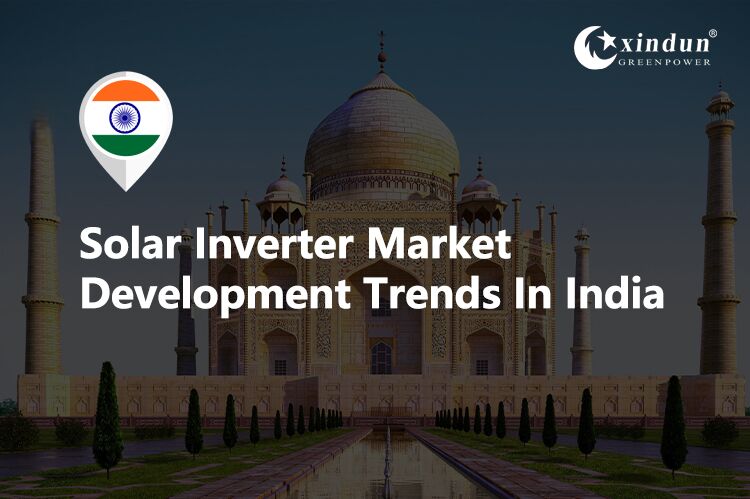
I. India's power structure
India's total power generation in 2024 will reach 1,821 terawatt hours (TWh), of which traditional coal fired power will still dominate, contributing 74% of electricity (1,363 TWh). India is the world's second largest coal producer and consumer, but India's renewable energy has significantly changed India's energy landscape. Renewable energy generation, with solar energy as the core, increased by 11.4% year on year to 252 TWh, accounting for 13.8% of total power generation, of which solar contributed 69.25% (133.8 TWh), becoming the fastest growing energy category. Behind this growth is the annual expansion of solar installations of 24.5GW - 24.5GW of new installations in 2024, and cumulative installations exceeding 97.86GW, making India the world's fourth largest solar market.
II.Is India's power supply stable?
India's power supply stability has long faced structural challenges. In 2024, the average power outage duration in India will still be as high as 3.2 hours per day, and the average power outage in rural areas will be 12 hours per day, leaving about 200 million people without electricity. India's electricity demand varies significantly in different seasons, and it relies heavily on coal fired power generation. In addition, India's power equipment and power lines are seriously aging, power infrastructure investment is insufficient, technology updates are slow, transmission losses are serious, and the large power demand in summer causes system overload, leading to frequent power outages.
III.Is the electricity price in India expensive?
The electricity price in India is set by the Electricity Regulatory Commission of each state in India. The average residential electricity price in India in 2024 is 4.2 rupees/kWh (0.36 yuan). The residential electricity prices in various states in India vary greatly, mainly affected by government subsidy policies. For example, the residential electricity price in Delhi is about 3 rupees/kWh (0.26 yuan), and low income families can enjoy tiered electricity price discounts. The industrial and commercial electricity prices in India are higher than residential electricity prices, and are more affected by coal price fluctuations. In 2024, the average is 6-10 rupees/kWh (0.51-0.85 yuan), higher than China's 0.5 yuan, but lower than Europe's 1.2-1.6 yuan. About 70% of India's electricity depends on coal, and in 2024, India will be affected by the fluctuations in international coal prices, resulting in an increase in the cost of thermal power, which will in turn push up industrial electricity prices. India's tight electricity supply and demand and subsidy policies have resulted in industrial users bearing higher costs, while residential electricity prices are relatively low due to policy protection.
IV.India's solar market has great development potential
The explosive growth of solar in India has reshaped India's power structure. In areas rich in sunlight resources such as Rajasthan (21.7GW) and Gujarat (14.8GW), centralized power stations contributed about 75% of the new installed capacity, and the "Prime Minister's Solar Home Plan" promoted the addition of 4.59GW of rooftop solar, covering nearly one million households. This "centralized + distributed" dual-wheel drive model has caused solar power to surge 28.4% year on year in the fourth quarter of 2024, reaching 34.2TWh in a single quarter, of which Rajasthan led the country with 11.8TWh. More noteworthy is that the cost of solar power has dropped to 3.40 rupees per kilowatt hour (about 0.04 US dollars), close to the level of coal fired power, providing an economic basis for large scale substitution.
According to data analysis by an Indian market research and consulting company, India added 24.5GW of solar power capacity and 3.4GW of wind power capacity in 2024. Compared with 2023, the solar power installation doubled and the wind power capacity increased by 21%. These new solar installed capacity brings India's total installed capacity of renewable energy to 209.44GW, of which solar accounts for 47% of the total installed capacity. India's new 24.5GW of solar power capacity includes 18.5GW of centralized solar power, 4.59GW of household solar power stations and 1.48GW of off grid solar installations. The explosive growth of solar has quietly reshaped India's power structure. In 2024, India added 24.5GW of installed capacity, and the cumulative installed capacity exceeded 97.86GW, making India the world's fourth largest solar market.
India's "Prime Minister's Solar Home Program" is one of the world's largest home solar projects. The program was officially launched by Indian Prime Minister Narendra Modi on February 13, 2024, aiming to accelerate the popularization of renewable energy and provide clean, low cost electricity to the general public. The program aims to provide solar energy to 10 million households by 2027, providing each household with up to 300 kWh of free or low cost electricity per month, and adding 30GW of solar capacity to India through household power stations. The Indian government provides subsidies to households that install solar panels, with the amount of subsidies up to 40% of the cost of solar panels. The specific subsidy standard depends on the average monthly household electricity consumption and the capacity of the rooftop solar power station to be installed.
India's imports of Chinese inverters have surged. According to data from the General Administration of Customs, India was one of the top five markets for China's inverter exports from January to September 2024. Among them, from January to September, China exported 2.7 billion yuan of inverters to India, a year on year increase of 119%. At the beginning of 2024, the "Solar Home Program" launched by the Indian Prime Minister triggered a surge in rooftop solar installations, driving a large demand for inverters. According to India's photovoltaic import and export data, nearly 90% of India's inverters are imported from China. The data reflects that China's inverter technology is mature and cost effective. In the short term, Chinese inverters will still occupy an important position in India's solar market.
Geographical location is rich in light resources. India is located in South Asia, and most of its territory is located between 8° and 37° north latitude. It is located in the tropics and subtropics. The annual average solar radiation is as high as 4-7 kWh square meters/day. More than 80% of the country's areas have an annual average sunshine duration of more than 2,500 hours, and some arid areas (such as Rajasthan and Gujarat) can reach more than 3,000 hours. The sunshine conditions are better than those in mid and high latitude regions such as Europe and East Asia. This high radiation intensity makes solar power efficiency stable, and the power generation is higher under the same installed capacity.
India has great potential for rural development. India's rural areas have vast homesteads and rich urban building roof resources (the total roof area in the country exceeds 1 billion square meters), which is suitable for promoting rooftop solar systems. Taking the "Prime Minister Solar Home Plan" as an example, small projects of 1-3KW can directly use household roofs, using roof resources to achieve "self generation and self use" and reduce grid pressure. No additional land needs to be occupied, and the rooftop shading demand in tropical areas complements the cooling effect of solar panels, improving the overall benefits of the system.
V.Recommended types of solar inverters in India
Solar inverters can be divided into off grid, hybrid, and on grid solar inverters according to the usage scenarios. Xindun will recommend them to Indian users based on India's power infrastructure, regional differences between urban and rural areas, and solar policies.
Off grid solar inverter
Off grid solar inverters are a type of inverter that can operate independently and does not rely on the power grid. By converting the direct current generated by solar panels into the alternating current required by homes or businesses, it ensures continuous power supply when there is no power grid or when the power grid fails. Off grid inverters are usually used in conjunction with energy storage batteries. During the day, solar power is generated for load use while storing electrical energy so that it can continue to supply power to the load at night or on cloudy days to ensure power supply. It is particularly suitable for many remote areas in India where the power grid coverage is insufficient or the power supply is unstable. It has increased the power self sufficiency rate in remote areas of India. With the Indian government's vigorous promotion of renewable energy and the implementation of subsidy policies, the market demand for off grid solar inverters will further grow and become an important part of the Indian solar market.
On grid solar inverters
On grid solar inverters convert the direct current generated by solar panels into alternating current and directly connect them to the grid. After users use solar power to meet the needs of household appliances, there is excess electricity that can be transmitted to the grid, so that the surplus electricity can be connected to the grid and obtain certain economic benefits. On grid solar inverters do not need to be equipped with energy storage batteries, but when solar power is insufficient, the continuity of electricity use cannot be guaranteed. On grid solar inverters are highly dependent on the grid. Once the grid is out of power, the inverter will not work properly, resulting in users being unable to obtain electricity supply. This is not suitable for use in most parts of India under the condition of unstable power supply in some parts of India, but is suitable for use in some urban areas with relatively stable power supply.
Hybrid solar inverters
Hybrid inverters are a multifunctional solar inverter that combines the characteristics of off grid inverters and on grid inverters. They can be set to off grid mode, on grid mode, and hybrid mode. It is a solar inverter that can be powered by solar + mains + battery, and hybrid and complementary. When the grid is normal, the hybrid inverter can be connected to the mains using the hybrid mode. When one of the solar/mains/battery is insufficient, it can be used for hybrid complementary power supply, or it can switch to the on grid mode to directly feed the grid and sell the excess power to the grid for profit. When the grid fails, it can switch to the off grid mode and use the energy storage battery to power the load.
This flexibility and adaptability make hybrid inverters particularly popular in the Indian market, because India's power infrastructure and grid power supply conditions are uneven. Hybrid inverters can meet the diverse needs of different regions, whether in cities or remote villages. Especially in areas where power supply is unstable or power outages are frequent, hybrid inverters can serve as a reliable backup power source to ensure the stability of power consumption for homes and businesses.
VI.Best solar inverters recommended in India
Xindun HFP-C Hybrid Inverter
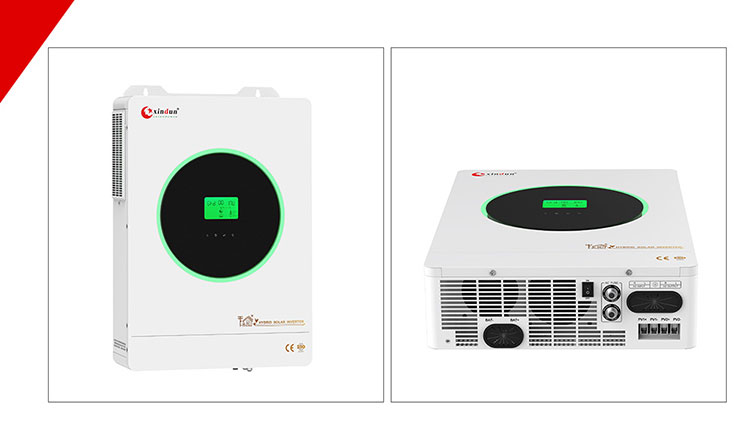
Xindun HFP-C hybrid inverter 4.3KW-12.3KW, DC 24V/48V to AC 220V/230V/240V
Xindun HFP-C hybrid inverter is a on grid and off grid hybrid solar inverter. It can be set to hybrid mode, off grid mode, and on grid mode. The three modes can be switched flexibly, supporting batteryless operation mode, solar/mains/battery synergistic hybrid complementation, high frequency pure sine wave output, and inverter conversion efficiency up to 94%. It also has a load dual output function. The main output and the second output can be loaded at the same time and independently, providing users with a richer and more flexible power solution. The intelligent load management output increases the flexibility and reliability of the system, and is suitable for scenarios where power needs to be supplied to two different loads or devices at the same time. For example, the main output can carry high power electrical equipment, and the second output can carry low power equipment. When the main output is disconnected, it can ensure that the key equipment in the home needs to operate continuously without interruption. It is not only suitable for use in urban areas in India, but also more suitable for families in remote farm areas.
Xindun HFP-E Hybrid Inverter
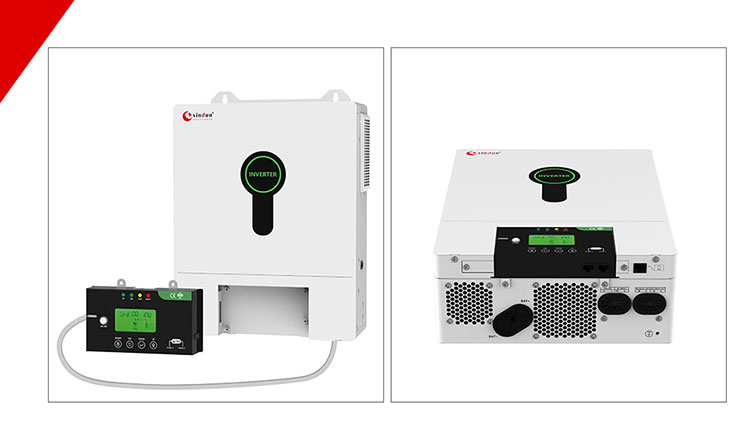
Xindun HFP-E hybrid inverter 3.3KW-12.3KW, DC 24V/48V to AC 220V/230V/240V
Xindun HFP-E hybrid inverter is also a on grid and off grid hybrid solar inverter, which has the characteristics of Xindun HFP-C hybrid inverter, but the HFP-E series adopts a detachable screen design and external split connection. Users can easily remove the display panel of the inverter according to actual application needs and install it in a place where users can observe and operate more easily. Whether it is installed near the distribution box, it is convenient to check the power consumption data at any time; or placed in a prominent position in the living room, it can be easily achieved, and the power consumption is truly under control, and the household power status is mastered in real time. It is also very suitable for the Indian market. Whether it is an urban family or a remote farm, Xindun HFP-E hybrid inverter can provide efficient, stable and flexible power solutions to help the rapid development of India's solar market.
Xindun HP Plus+ Hybrid Inverter
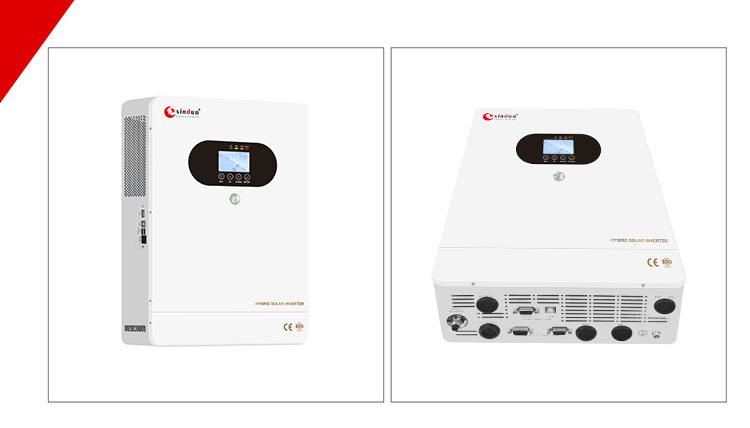
Xindun HP Plus+ Hybrid Inverter 5000W,8KW/10KW/12KW, DC 48V to AC 208V/220V/230V/240V
The Xindun HP Plus+ series is a high frequency hybrid solar inverter with a built in MPPT solar controller. It has high conversion efficiency and low no load loss, and is suitable for Indian households and small commercial users. The inverter also supports independent operation without batteries, and is compatible with hybrid charging of solar and mains electricity, which can flexibly deal with the frequent power outages in India. The HP Plus+ inverter supports parallel operation, of which the 5 KW model can connect up to 9 units in parallel, with an output power of up to 45 KW, and the 8KW, 10KW, and 12KW models can support up to 6 units in parallel, with a total power of up to 48KW, 60KW, and 72KW to meet medium and large power needs, and can achieve single phase or three phase output. It supports RSA323/USB remote monitoring function, has multiple protection mechanisms such as overload, overtemperature, short circuit, etc., and supports online electricity sales, helping users to obtain additional benefits under India's continuously promoted net metering policy.
Xindun HDSX Three Phase Solar Inverter
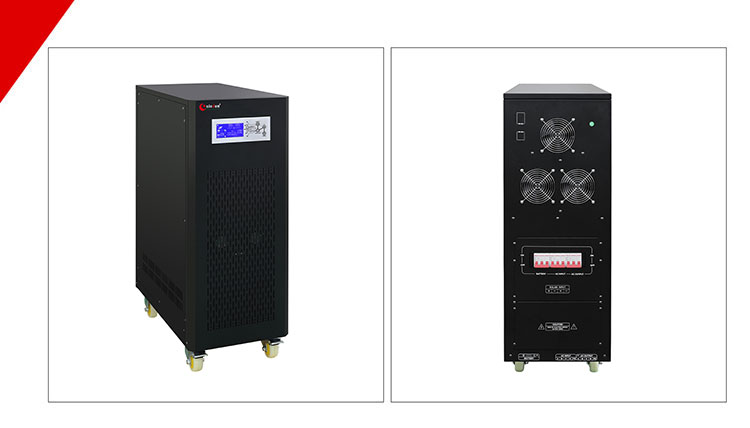
Xindun HDSX three phase inverter 3.2KW-160KW, DC 48V/96V/192V/384V to AC 380V/400V
Xindun HDSX inverter is a three phase solar inverter that is very suitable for industrial and commercial use in India. This three phase solar inverter is designed to meet high power, high load industrial applications, with excellent conversion efficiency and stable output performance. It has three input and three output functions, adapts to a variety of battery types, meets diverse power needs, can easily cope with complex and changing industrial scene requirements, and provides stable and reliable power guarantee for corporate users. At the same time, Xindun HDSX three phase solar inverter also has UPS power supply function, which stabilizes the mains power and supplies it to the load when the mains power is normal, and charges the battery at the same time. When the mains power is interrupted, the DC power of the battery is immediately switched to AC power through the inverter to provide continuous and reliable power support. In a market with unstable power infrastructure such as India, Xindun HDSX three phase solar inverter has broad market prospects and application potential in the Indian industrial and commercial fields.
VII. India SKD export model
In India, influenced by factors such as import tariff policies, local manufacturing incentives (such as PLI policies) and logistics costs, the SKD (Semi Knocked Down) cooperation model has become an important way for more and more inverter brands to expand the market. The SKD model refers to the export of the main components of the inverter (such as motherboards, transformers, housings, etc.) from China to India, which are assembled, tested and sold by local partners. Compared with the export of complete machines, SKD can significantly reduce tariff costs, and help Indian partners to achieve localized assembly, increase profit margins, and more easily obtain government project support.
Xindun has mature SKD output and local cooperation capabilities, and can provide customized packaging and remote technical support according to the needs of Indian partners, helping partners to quickly establish inverter production capabilities and improve market response speed. We welcome local dealers, traders or factories in India to discuss SKD cooperation and jointly expand the India solar market.
VIII.Why choose Xindun Power?
Founded in 2006, Xindun Power is a professional solar power system manufacturer, focusing on the research and development, production and sales of solar inverter products. We have brought together a professional team in technology research and development, production management and quality control, with rich industry experience. The main products sold include solar inverters, solar controllers, solar power systems and related supporting products. Xindun's products have passed the ISO9001 international quality management system certification and obtained CE, IEC, CCC and other professional testing certifications to ensure their excellent quality and performance. Xindun Power's inverter products not only have efficient energy conversion rates and stable power output, but also can meet the diverse power needs of Indian users. They are suitable for daily household electricity use, commercial operations and industrial manufacturing and other fields, providing stable and reliable power support.
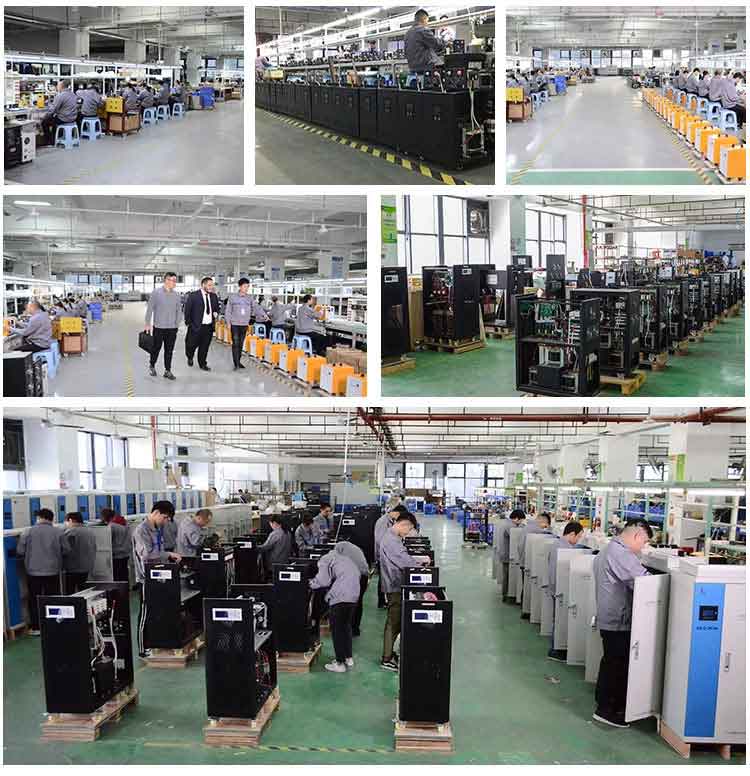
Xindun Power is headquartered in Foshan, Guangdong, China. It has a modern production plant of more than 10,000 square meters and a research and development team composed of dozens of elite engineers. Xindun can not only provide customers with OEM/ODM special customization services, but also provide comprehensive pre sales services and after sales guarantee services. Xindun Power's products have been exported to more than 100 countries and regions. In order to better serve the overseas market, Xindun Power has established branches in East Africa, West Africa, South Asia, Southeast Asia and other regions, and has set up marketing centers and warehouses to respond to the needs and feedback of local overseas customers more quickly and accurately. Whether it is product consultation, sales support, or after sales service, Xindun can provide users in overseas regions with a full range of one stop solutions.
India currently has a great demand for solar products such as inverters. As a Chinese solar inverter manufacturer, Xindun Power can provide Indian users with a variety of solar products, such as on grid and off grid hybrid inverters, industrial frequency/high frequency inverters, all in one solar generator, and three phase solar inverters, covering solar inverters with different power specifications from 300W to 160KW, as well as MPPT/PWM solar controllers, solar panels, lithium batteries/lead acid batteries and other solar power system products. Xindun Power's product line covers various application scenarios from home to industrial and commercial use, meeting Indian users' procurement needs for different solar products.
The above is about the recommendation of Indian solar inverters, which details the future prospects of the Indian solar market. I hope this article will help Indian customers in choosing solar inverters. If you want to cooperate with Xindun or purchase Xindun solar inverters and other products, you can leave your information and needs in the customer service window below the website (https://www.xinduninverter.com/), and Xindun will contact you as soon as possible during working hours.

 Solar Inverter
Solar Inverter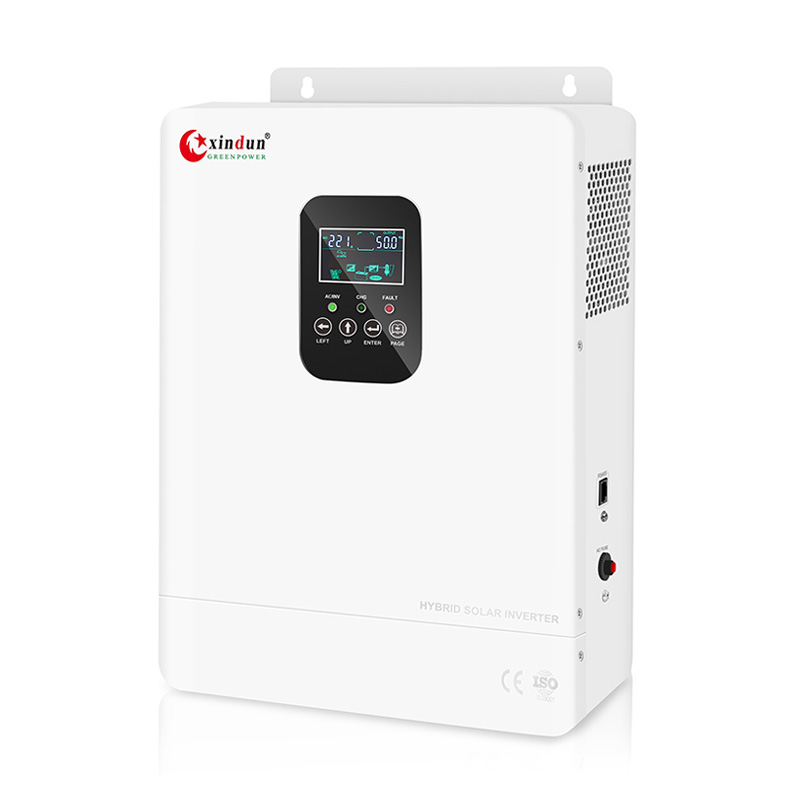
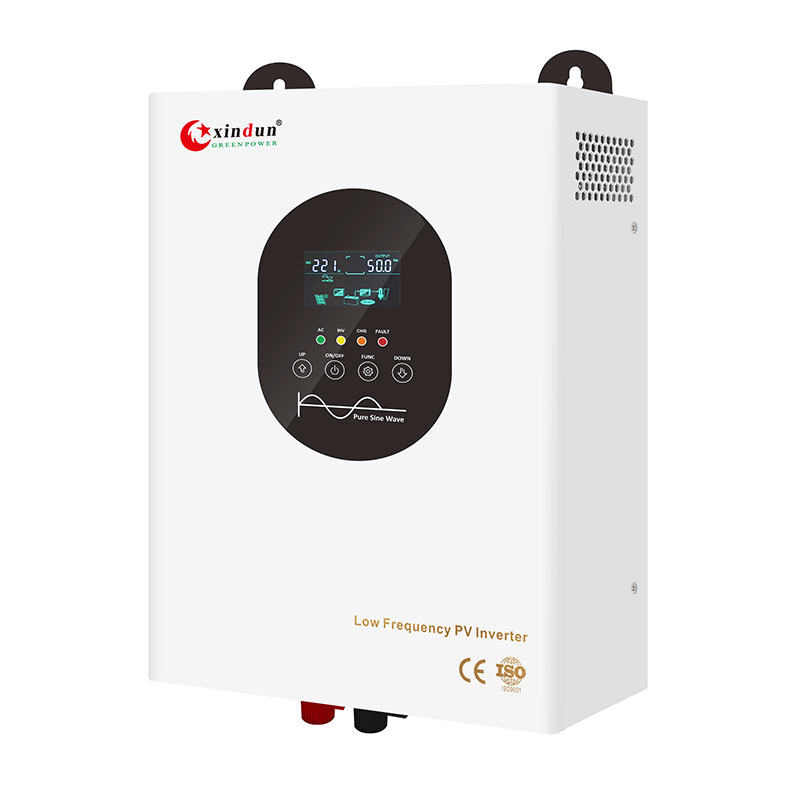
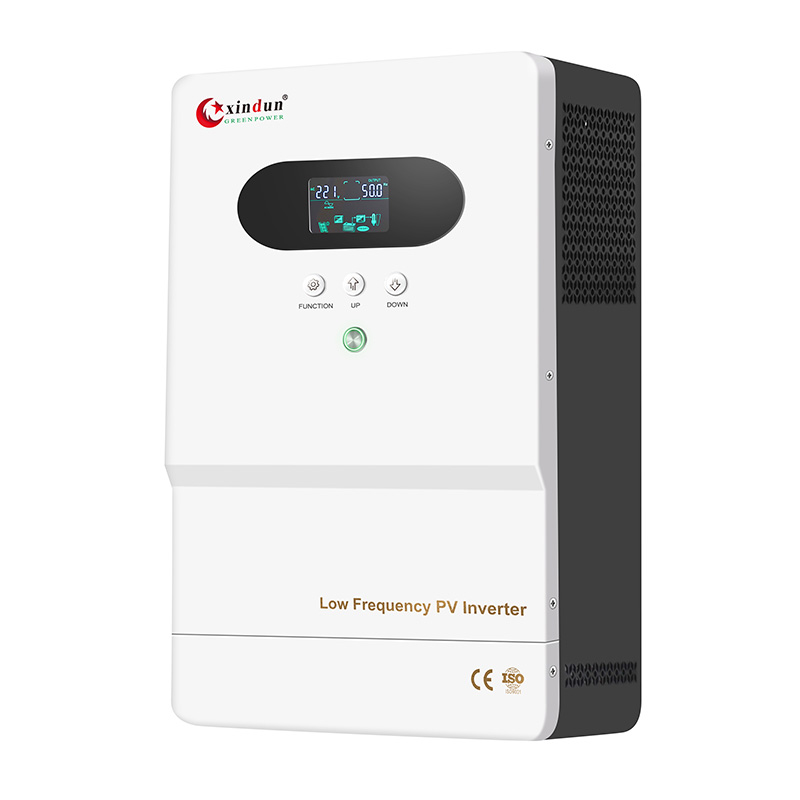
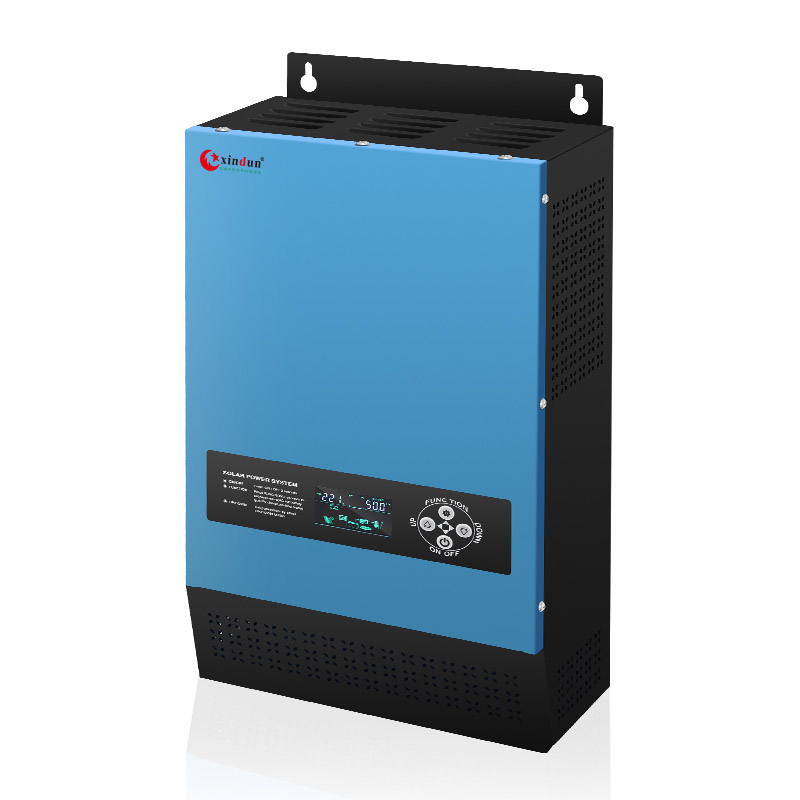
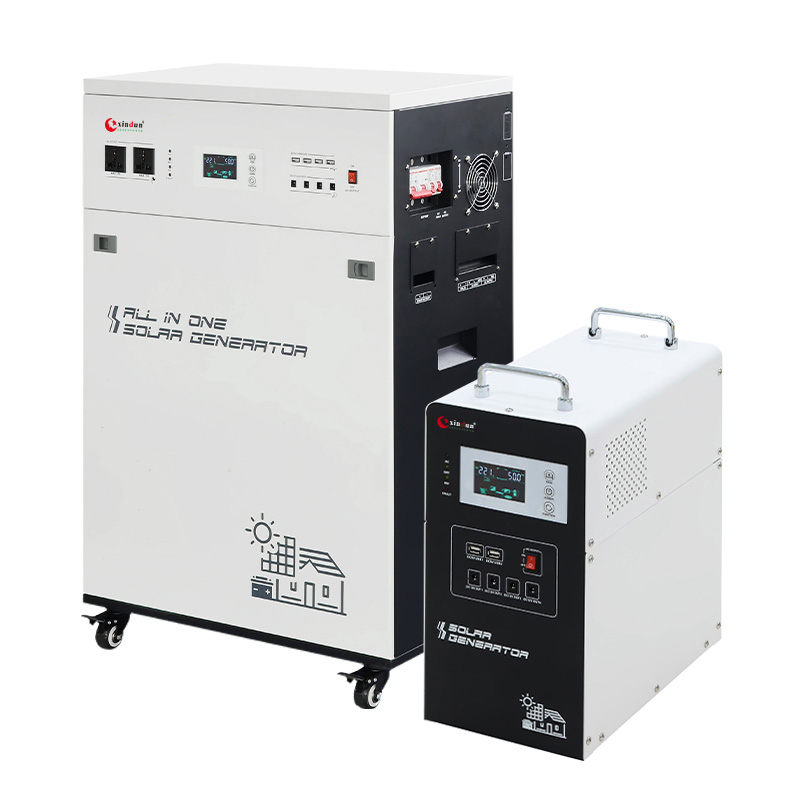
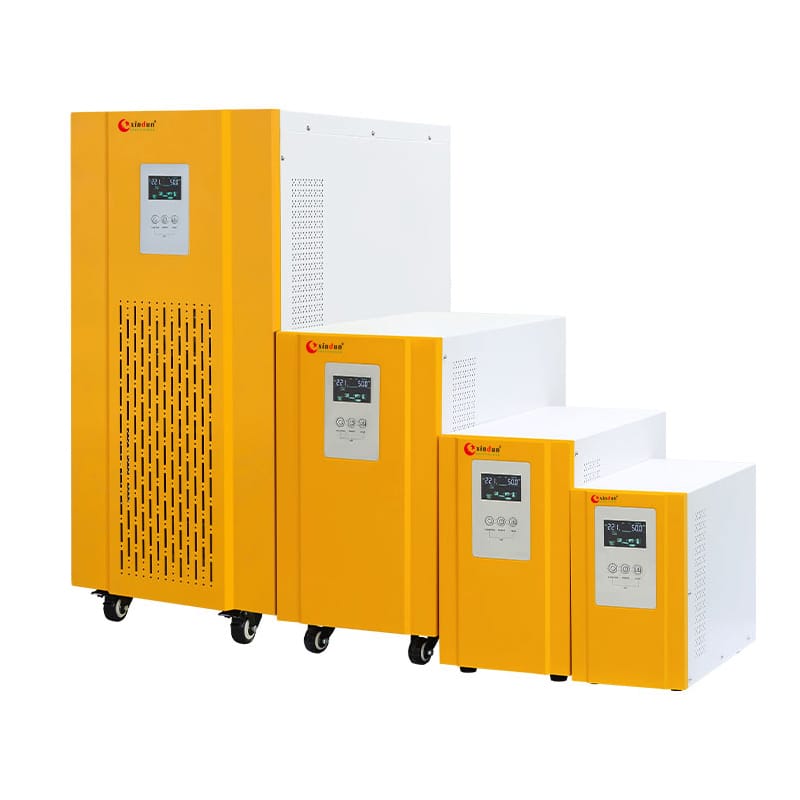
 Hybrid Inverter
Hybrid Inverter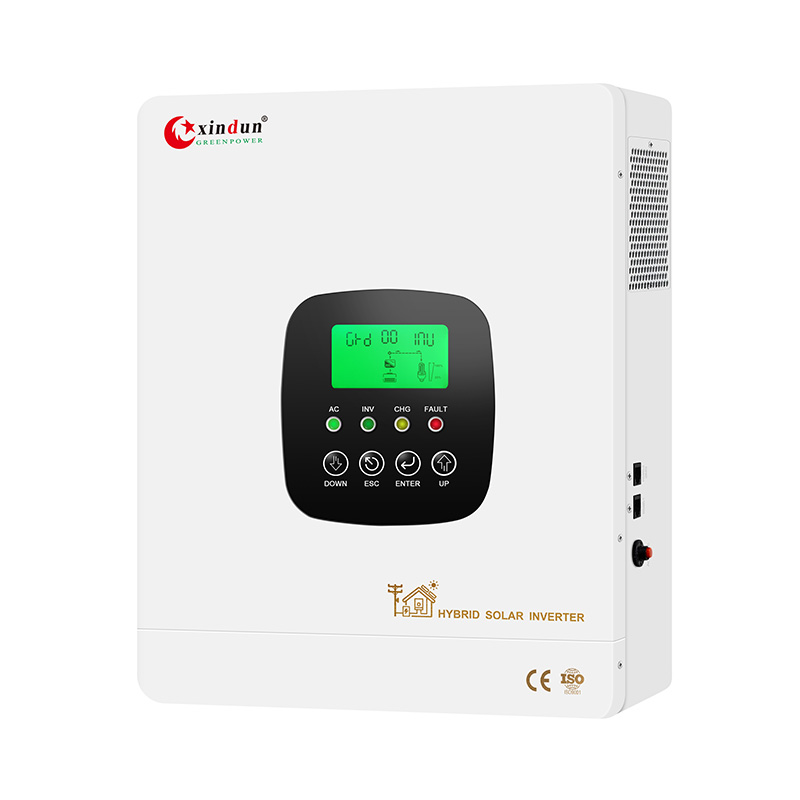
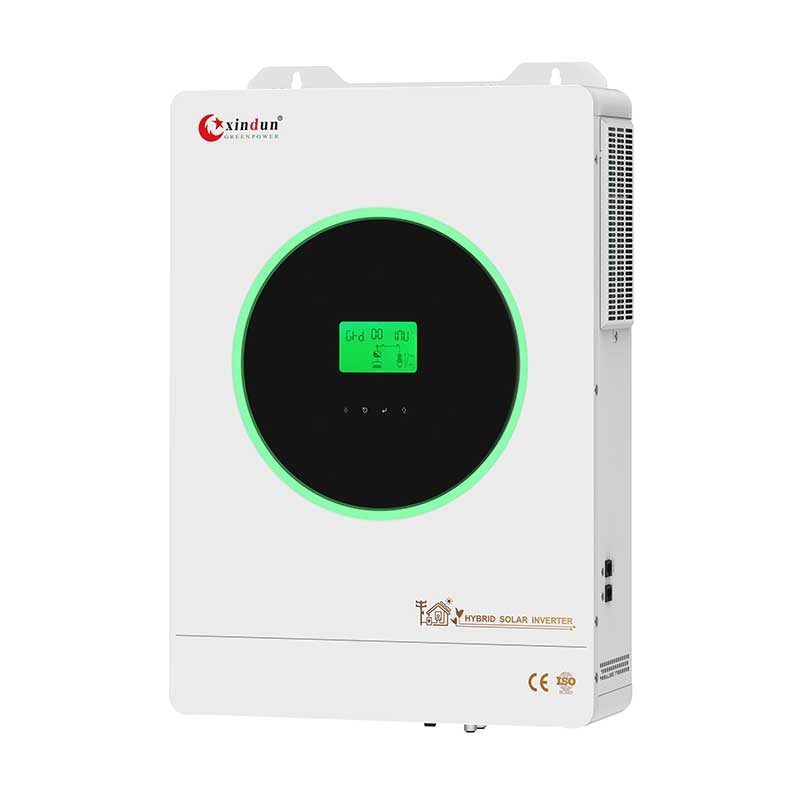
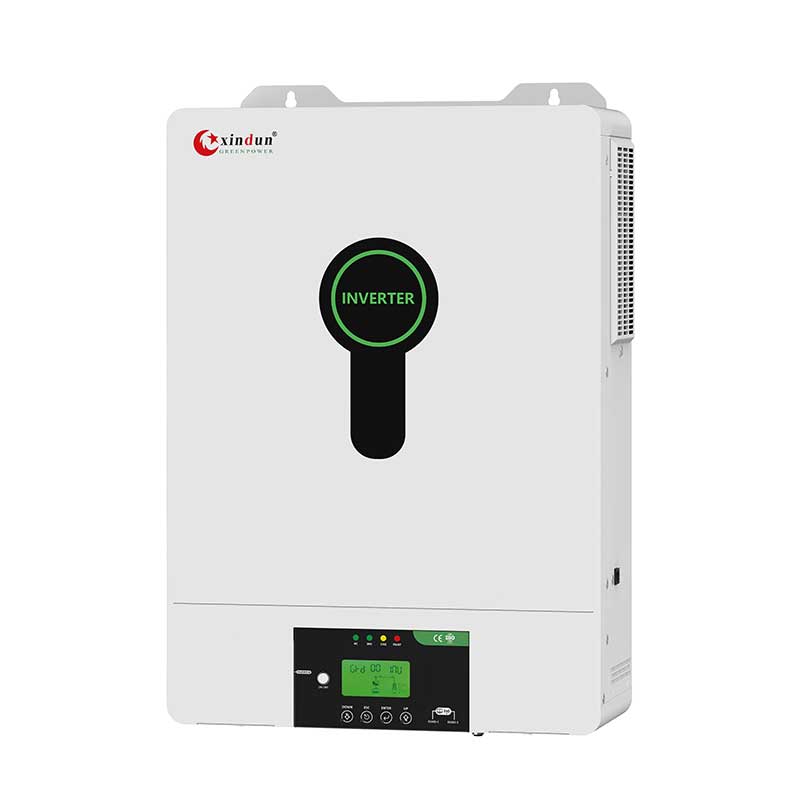

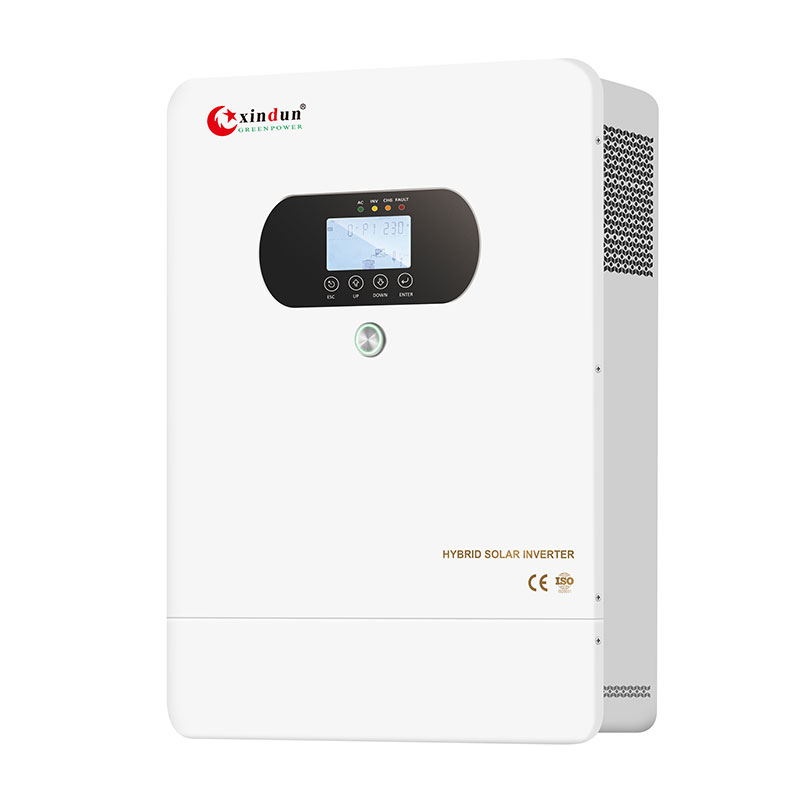
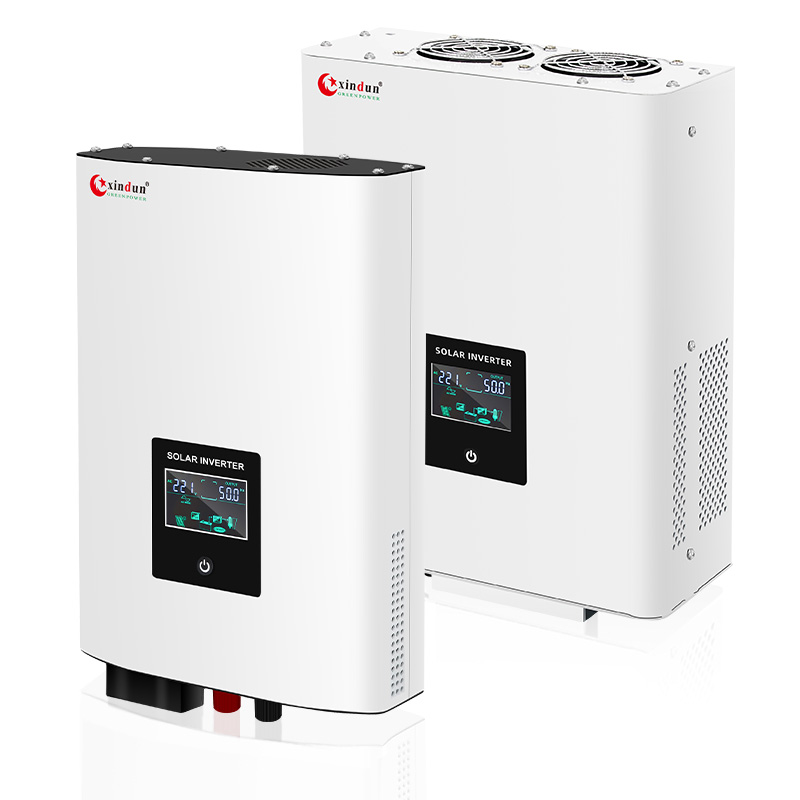
 Power Inverter
Power Inverter
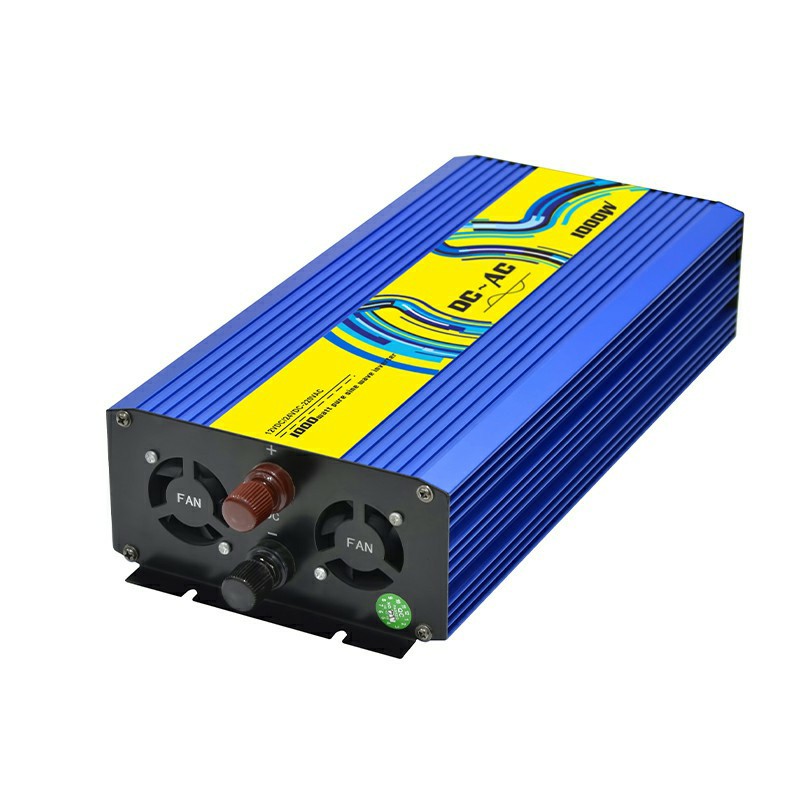
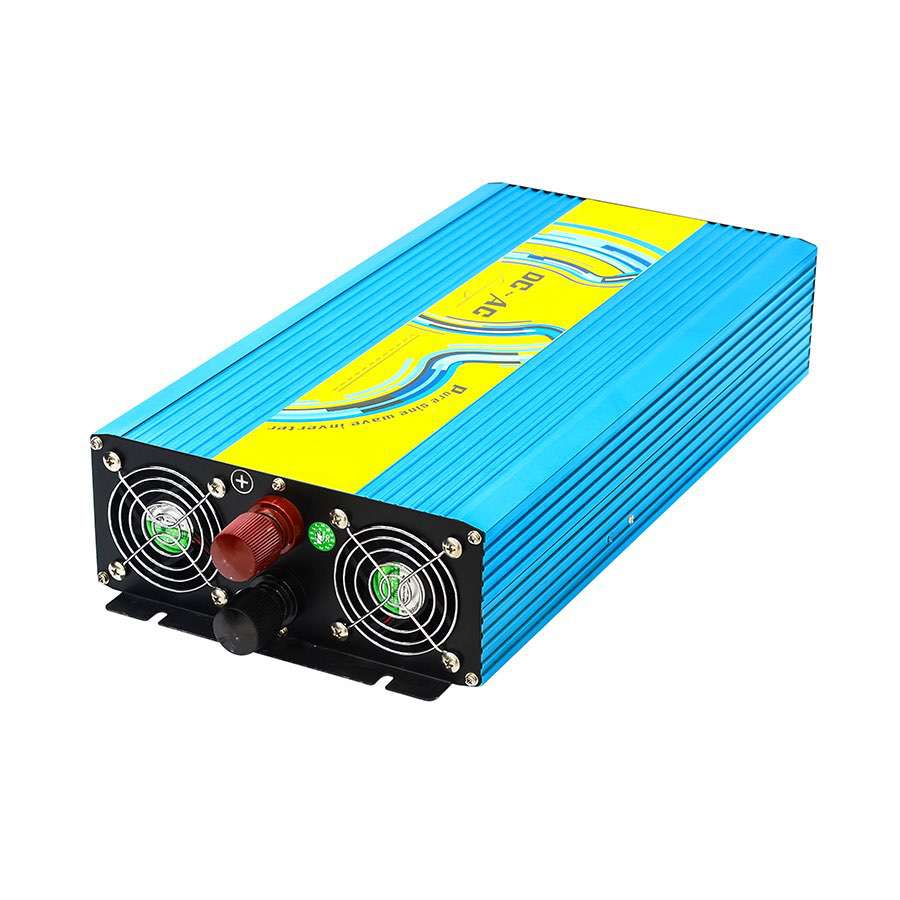
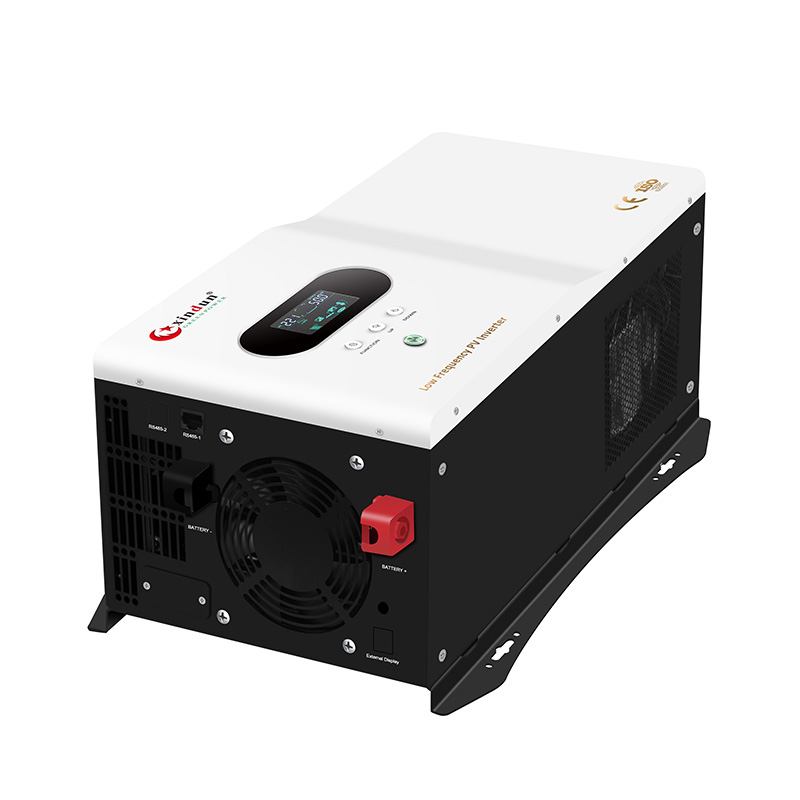
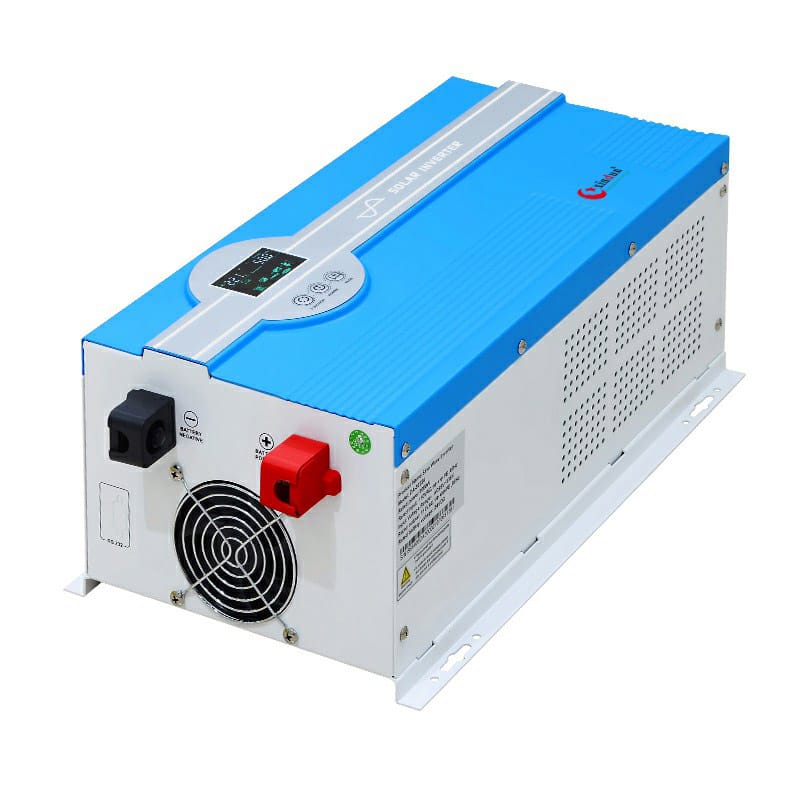
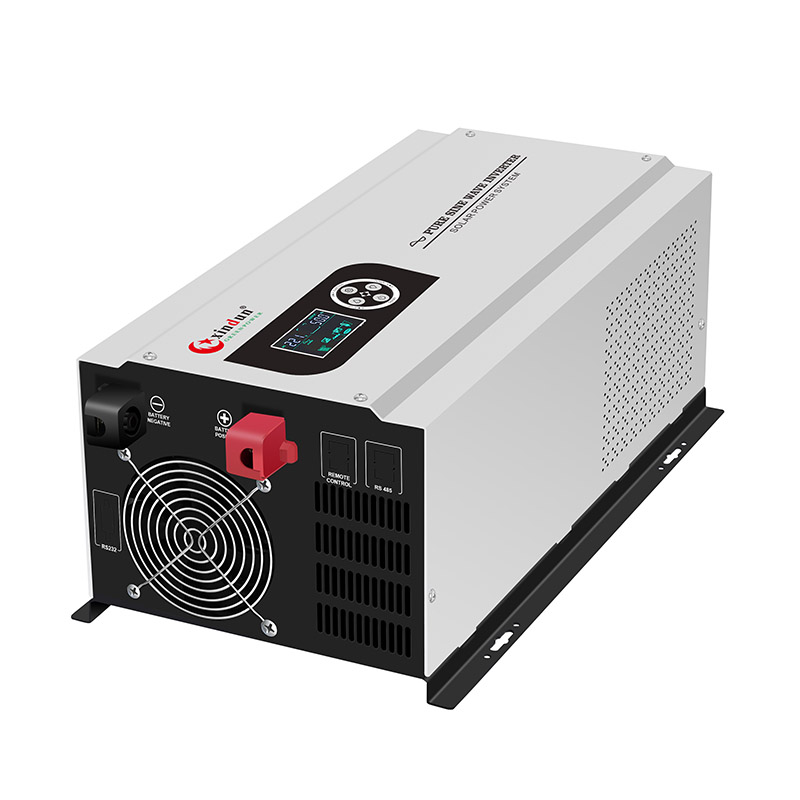
 Split Phase Inverter
Split Phase Inverter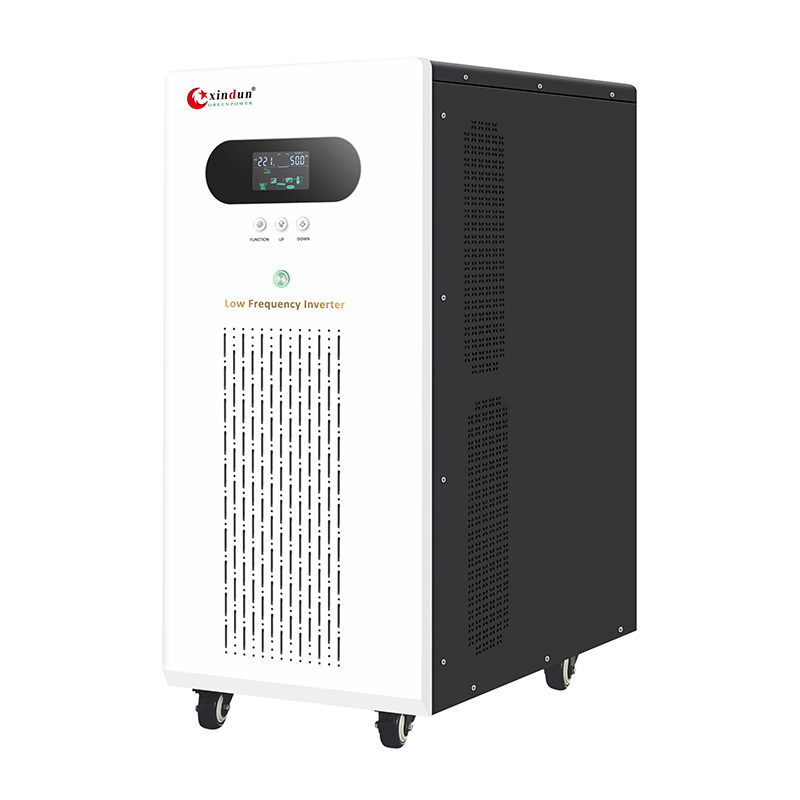
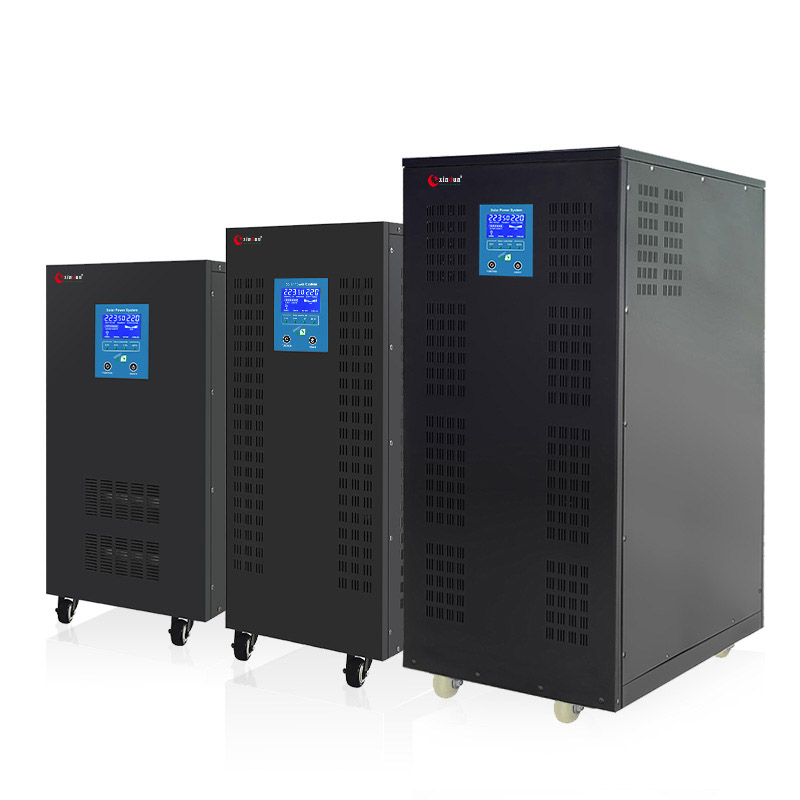
 Energy Storage Inverter
Energy Storage Inverter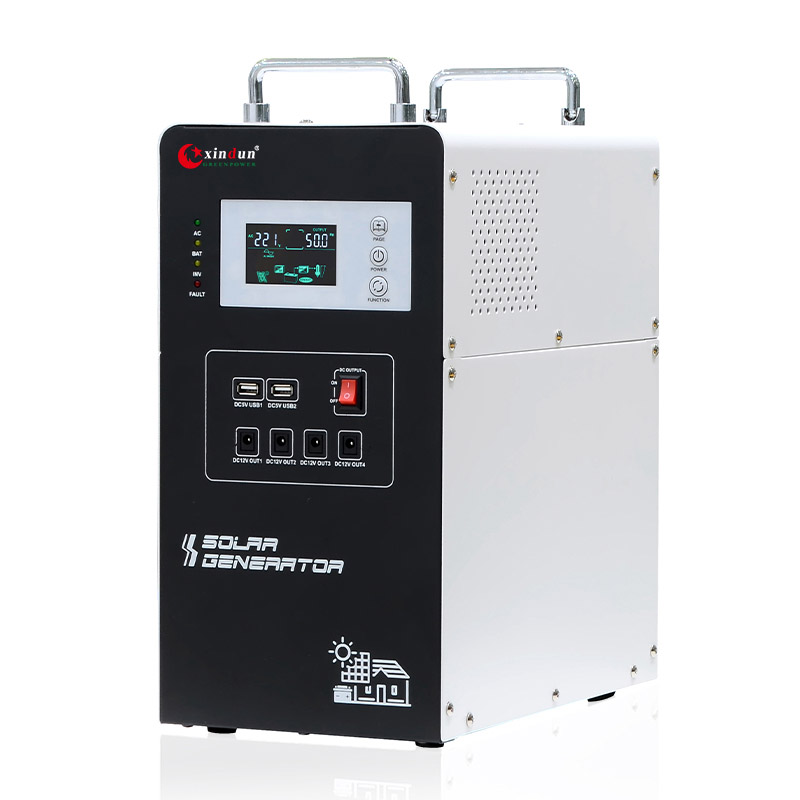
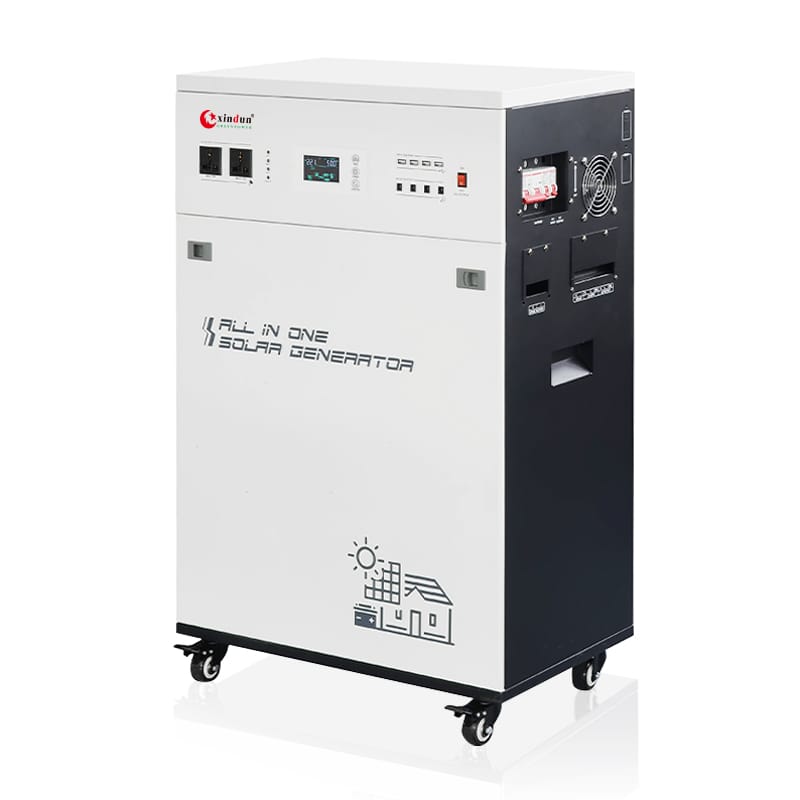

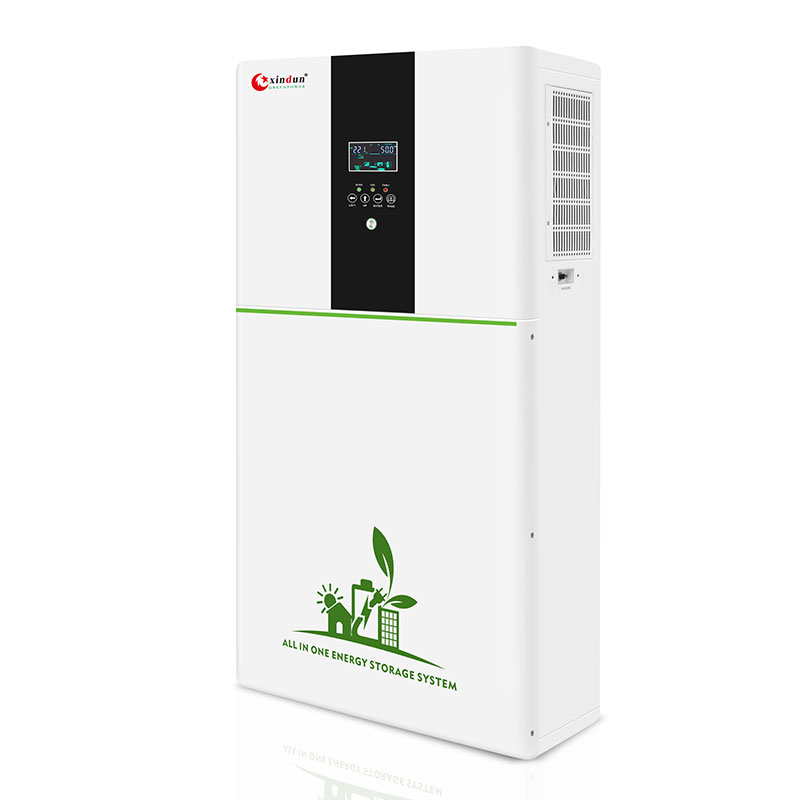
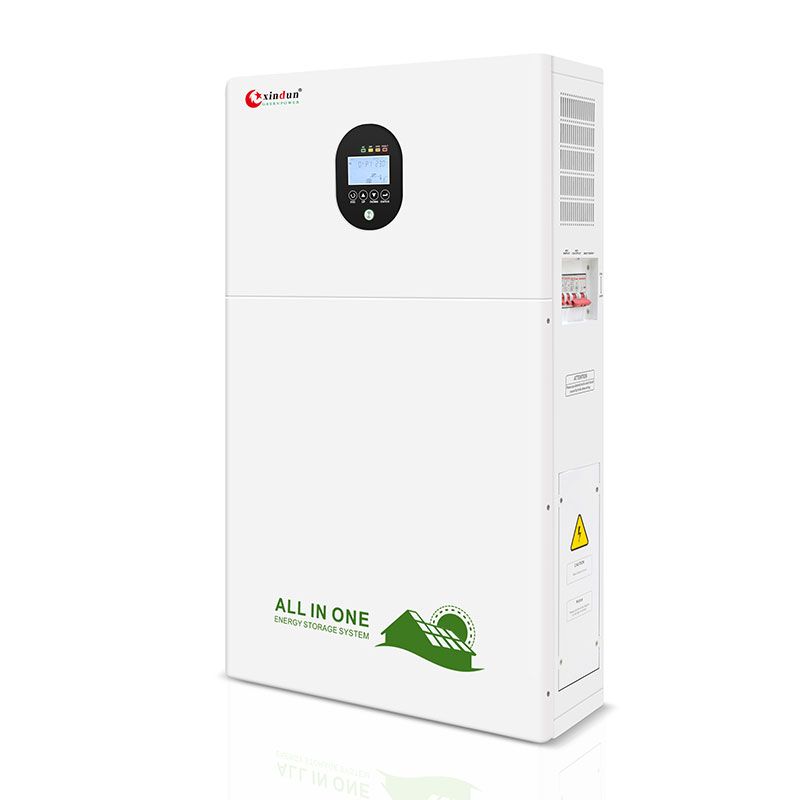
 3 Phase Inverter
3 Phase Inverter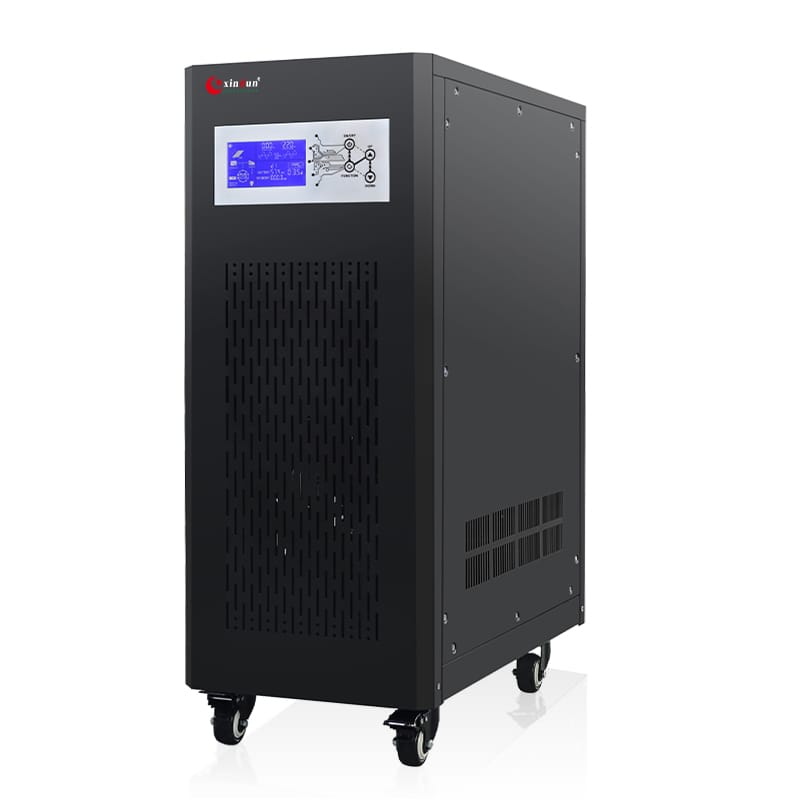
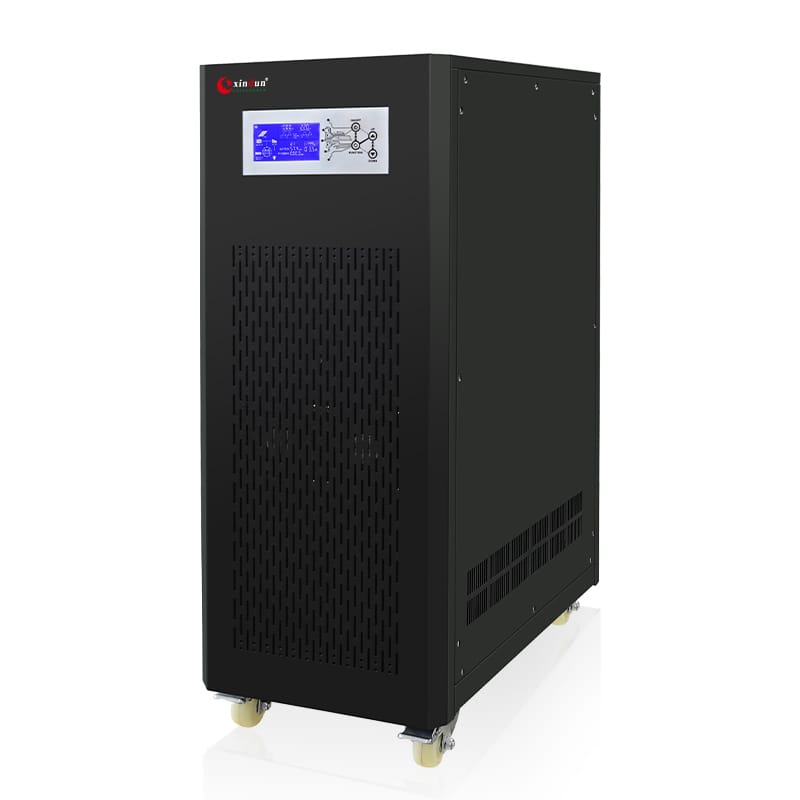
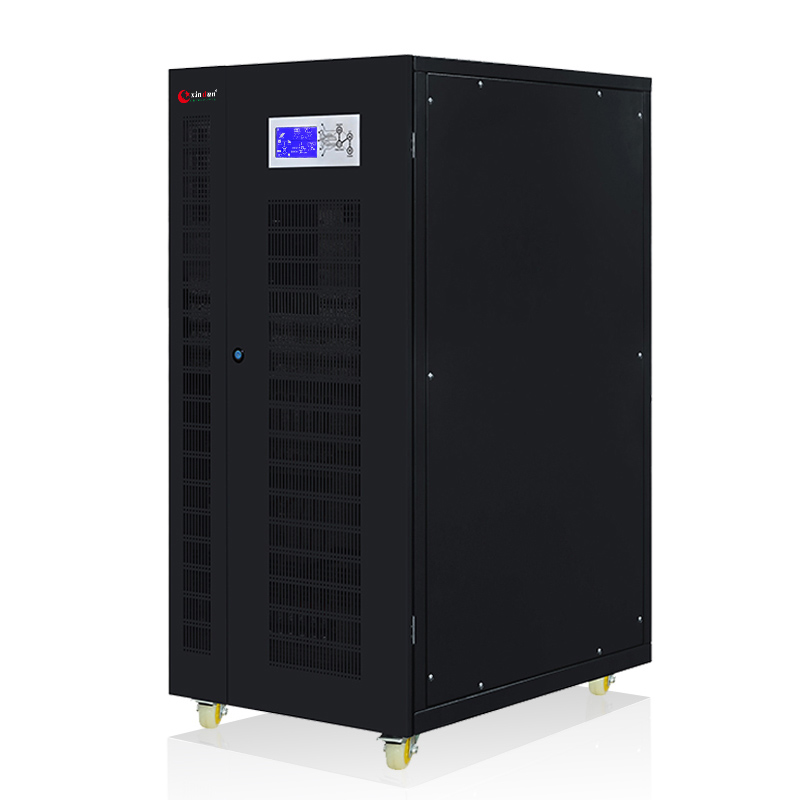
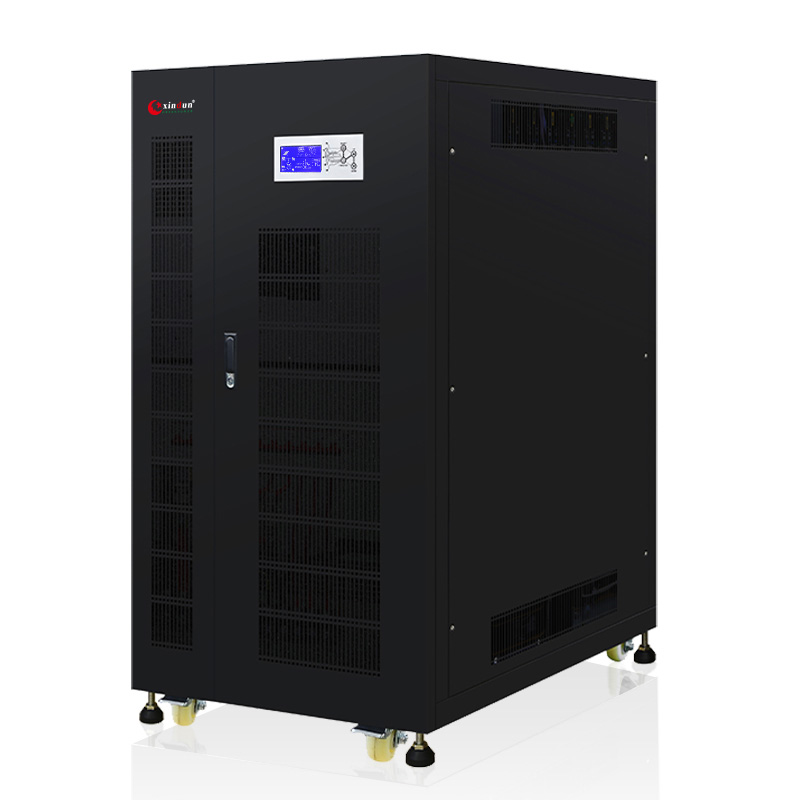
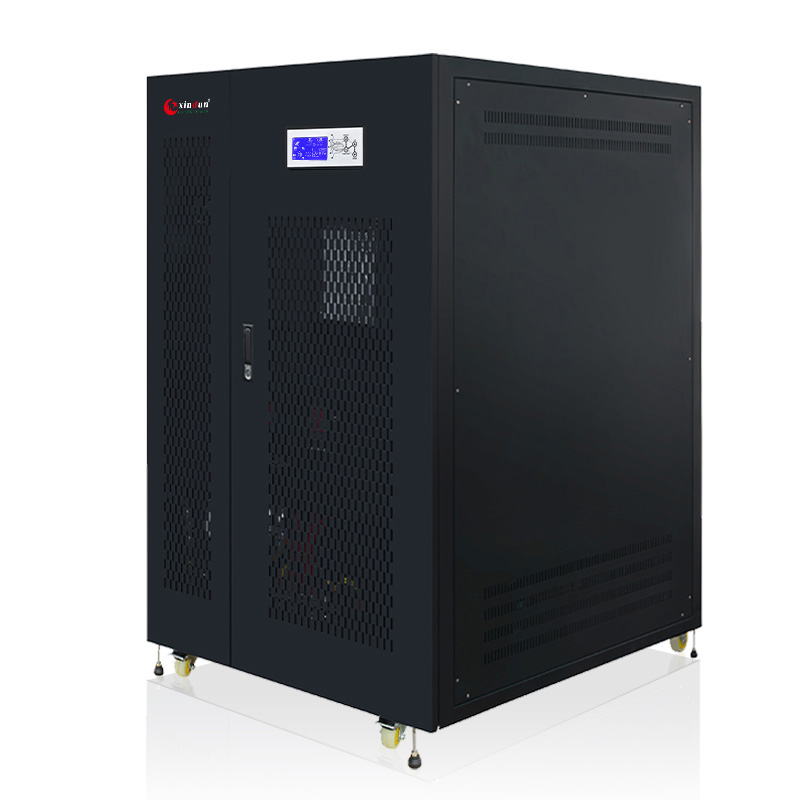
 Solar System Kits
Solar System Kits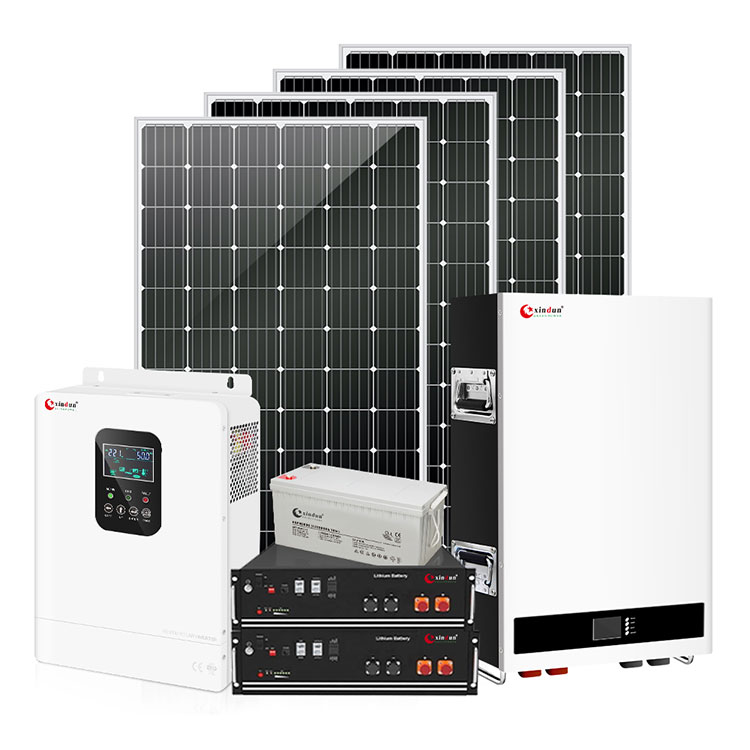
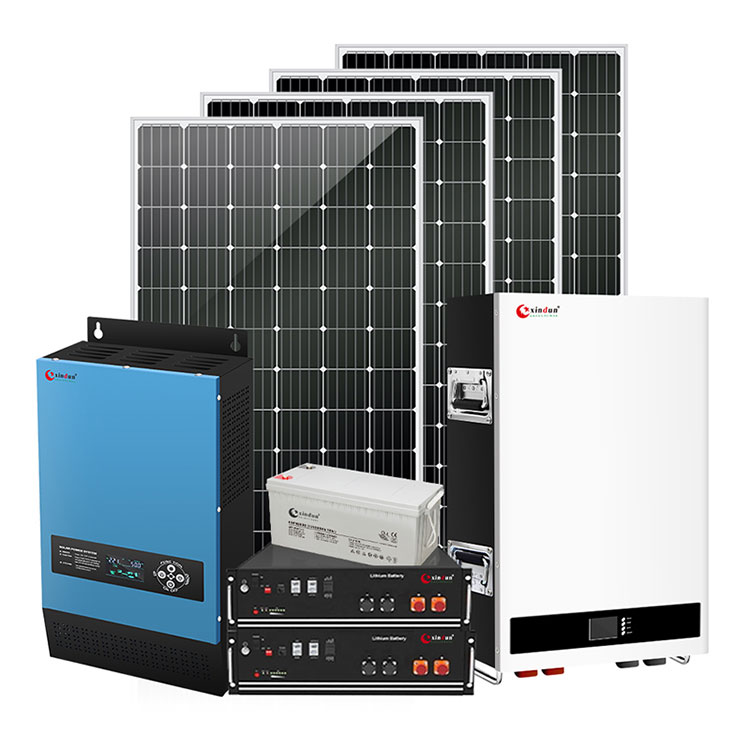
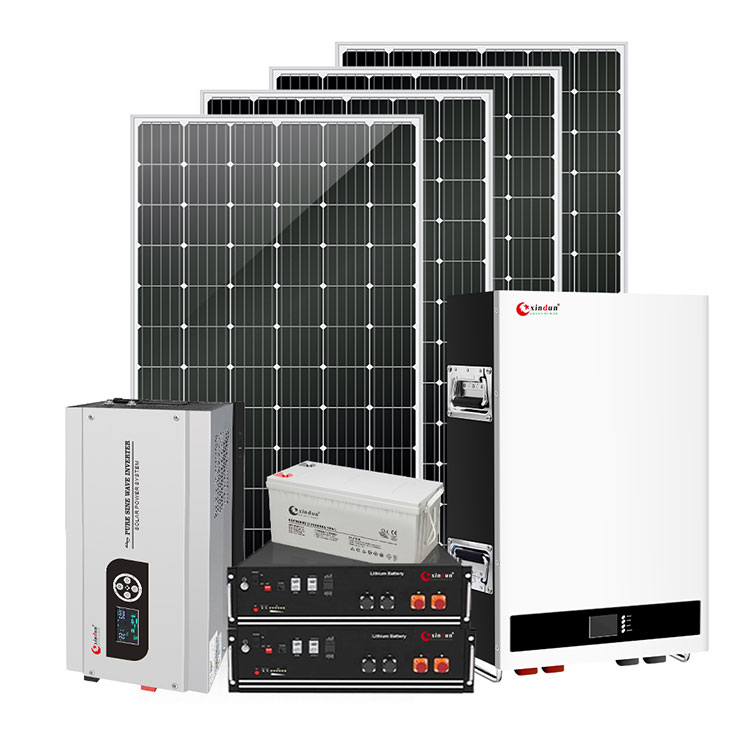

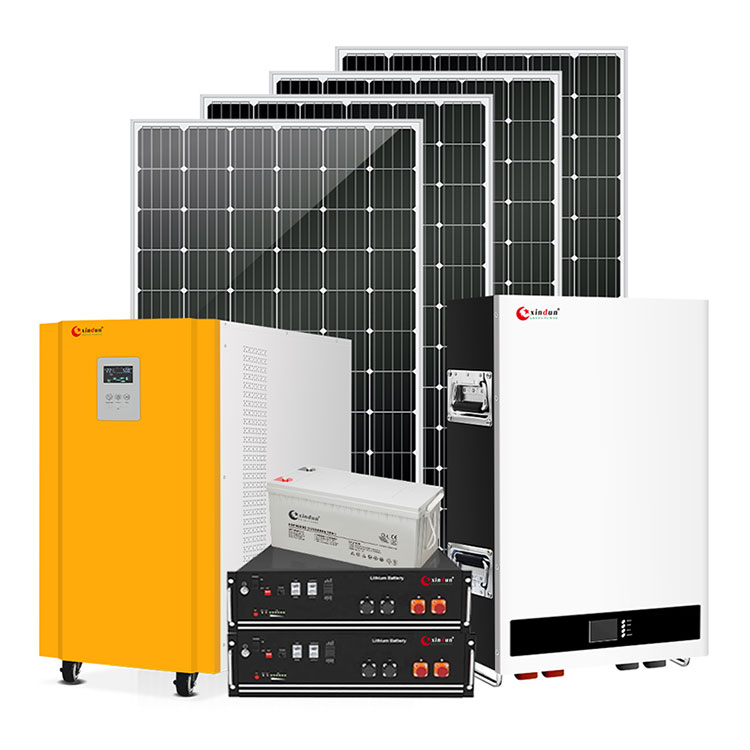
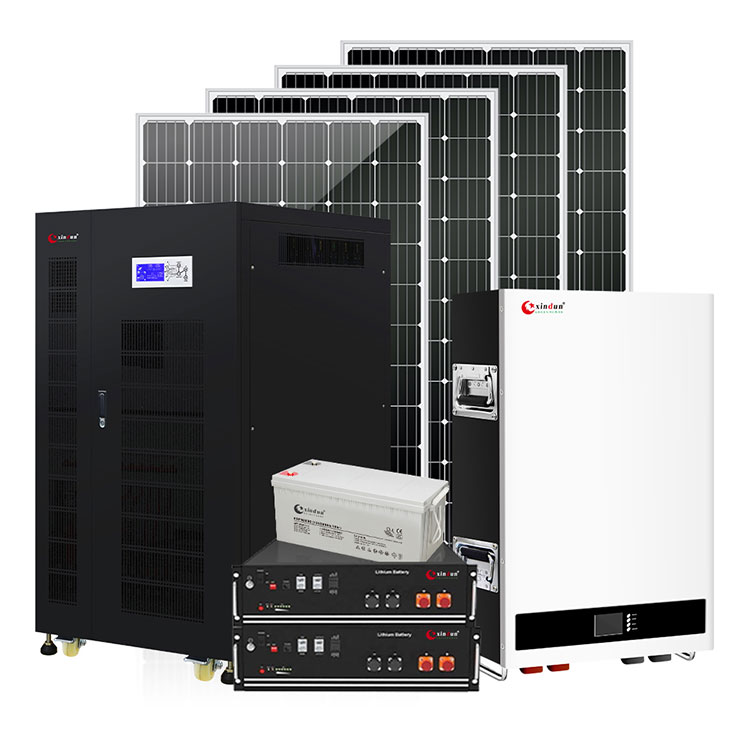
 Solar Charge Controller
Solar Charge Controller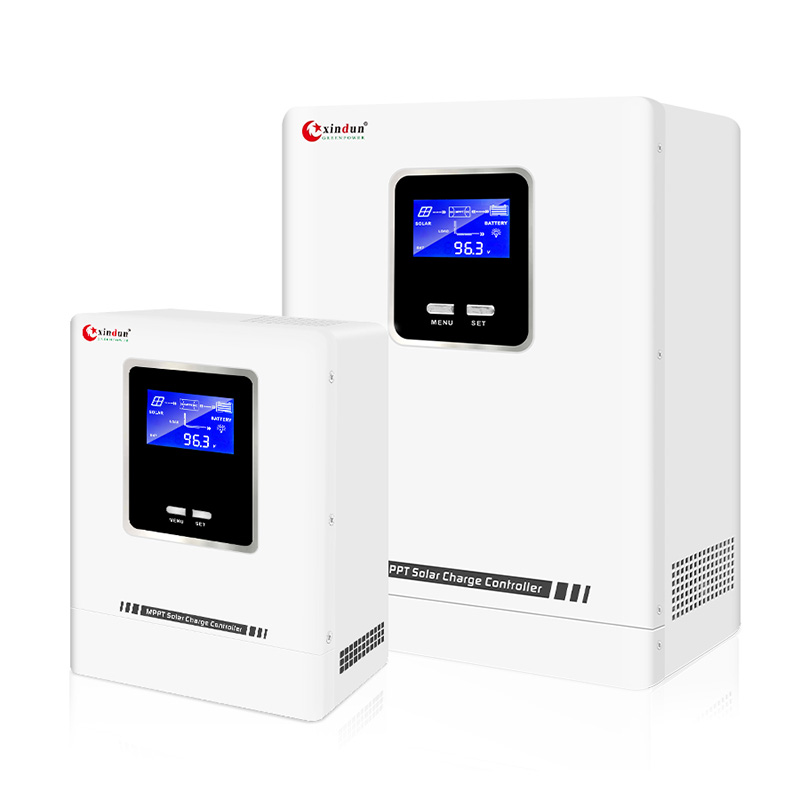
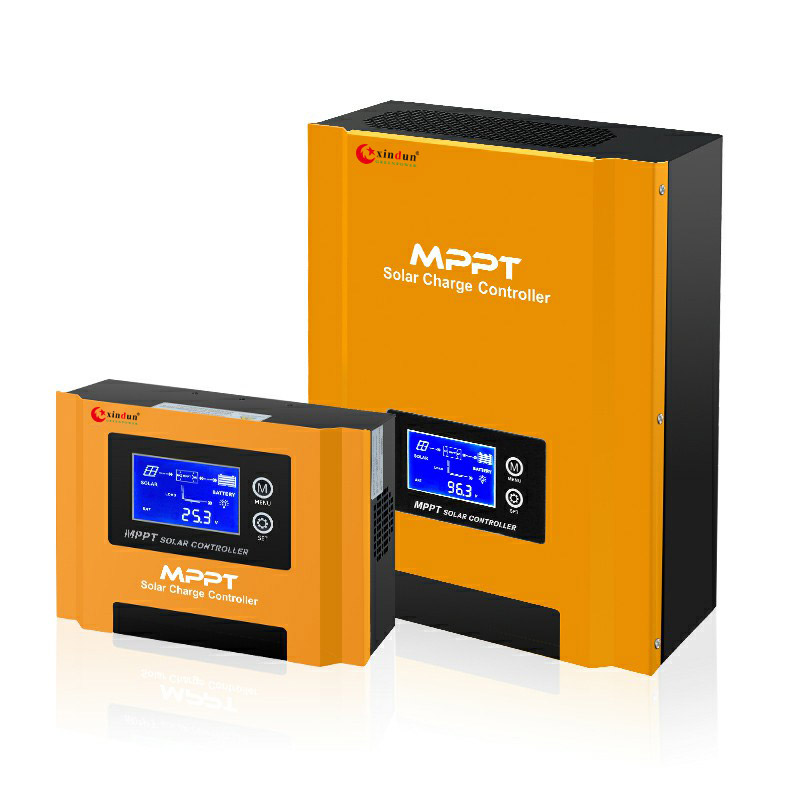

 Solar Battery
Solar Battery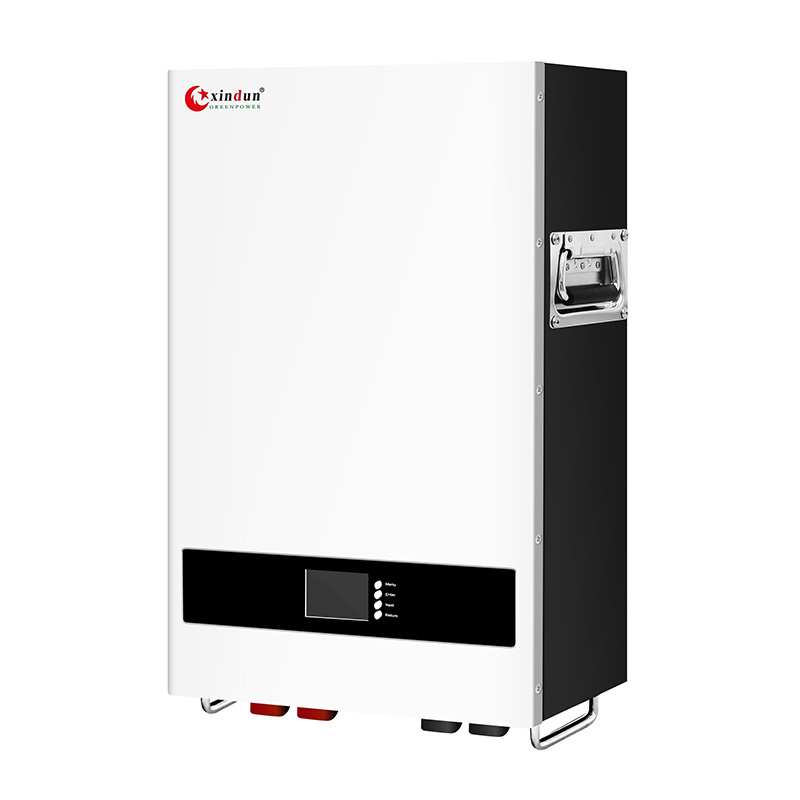
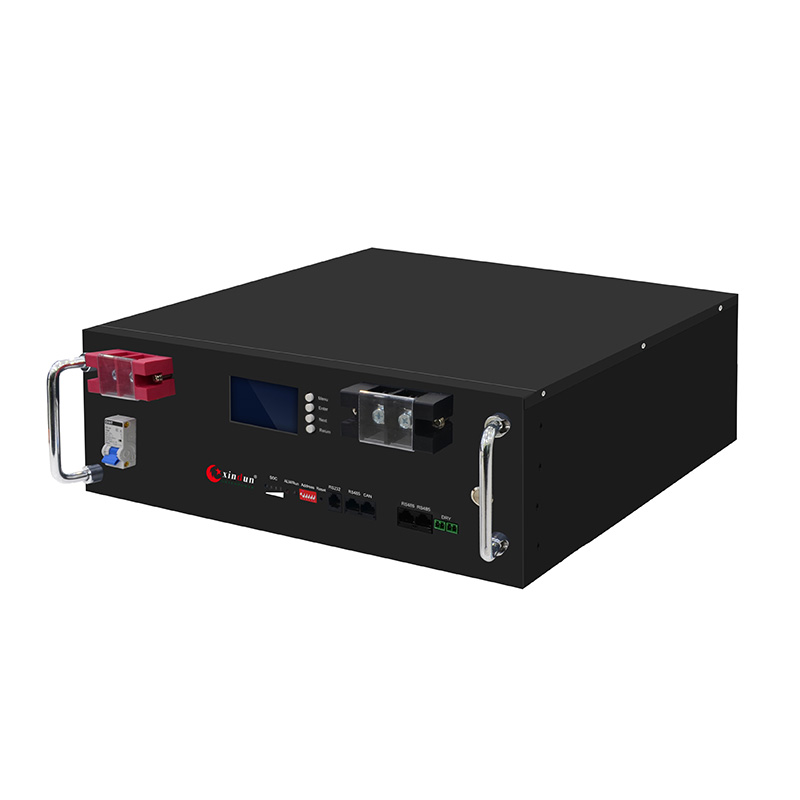
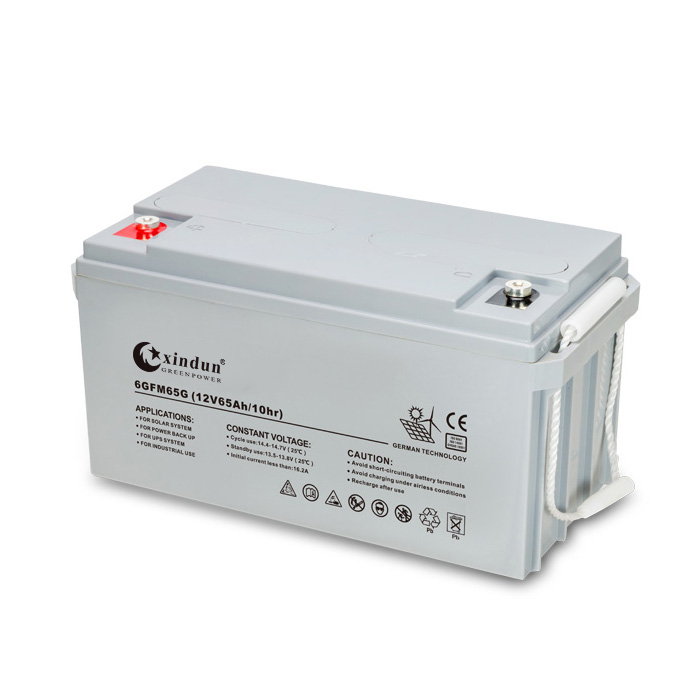
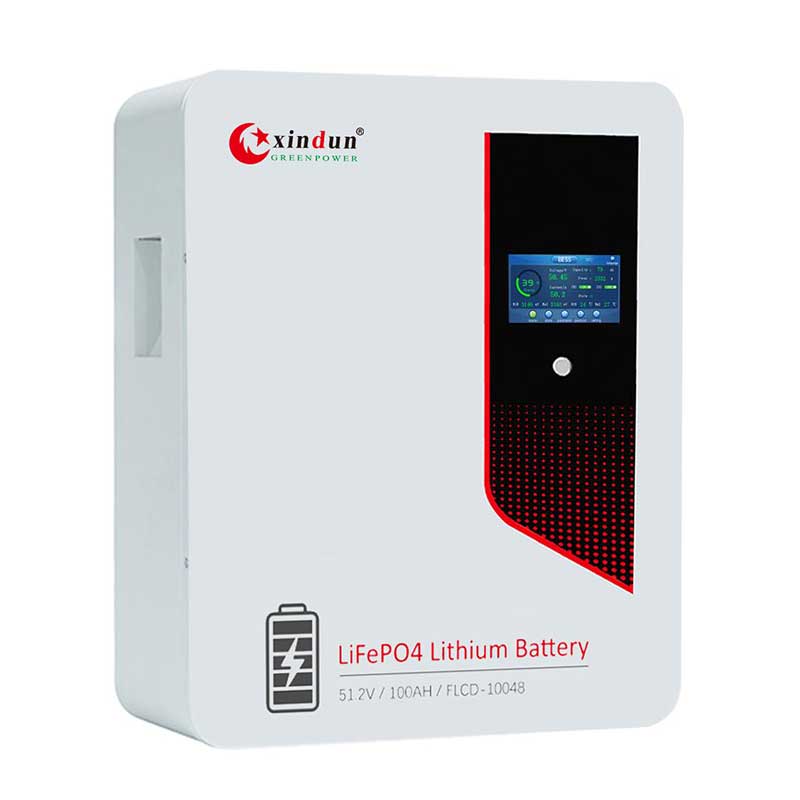
 Asia
Asia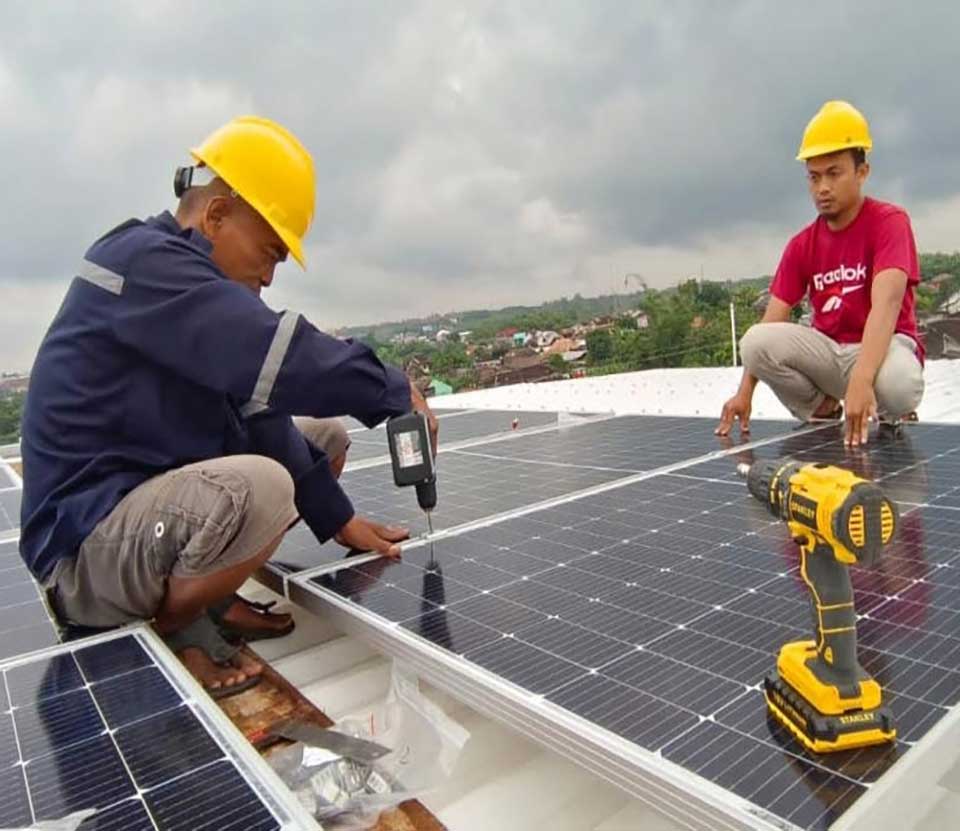
 Africa
Africa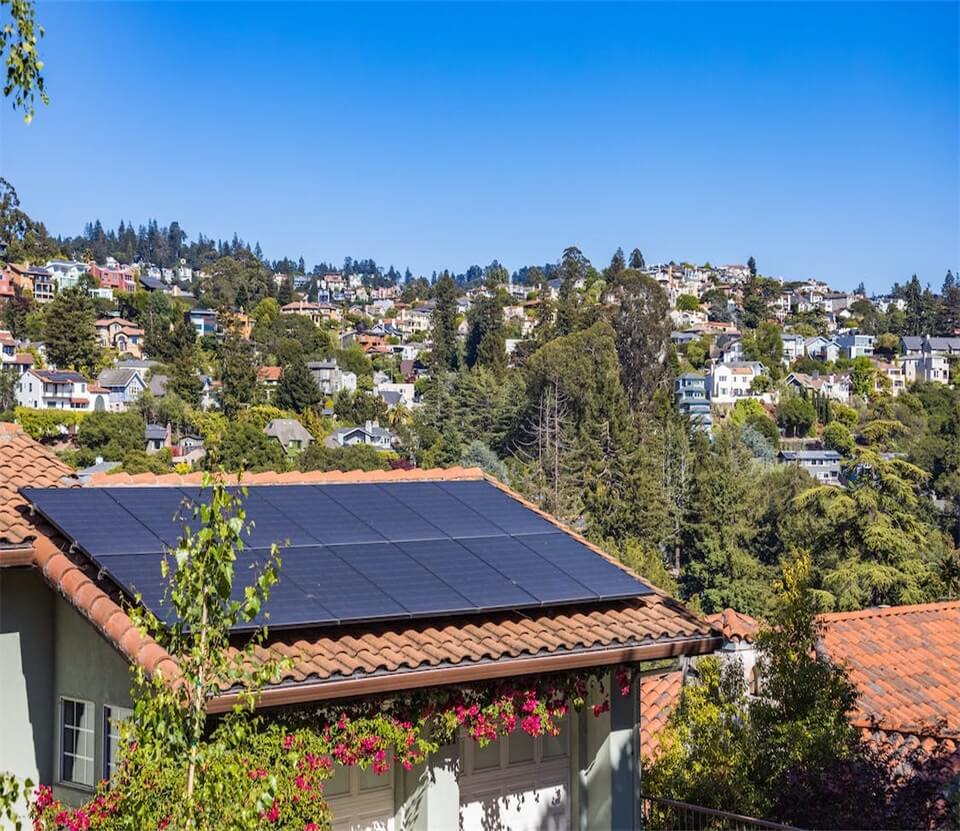
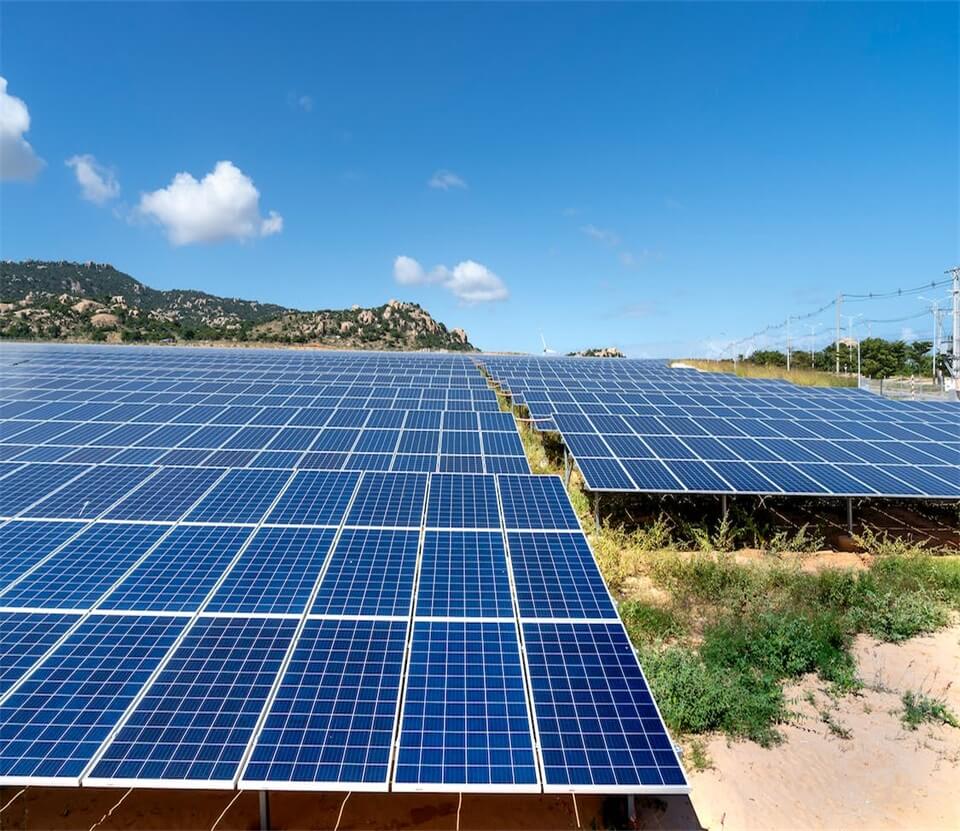

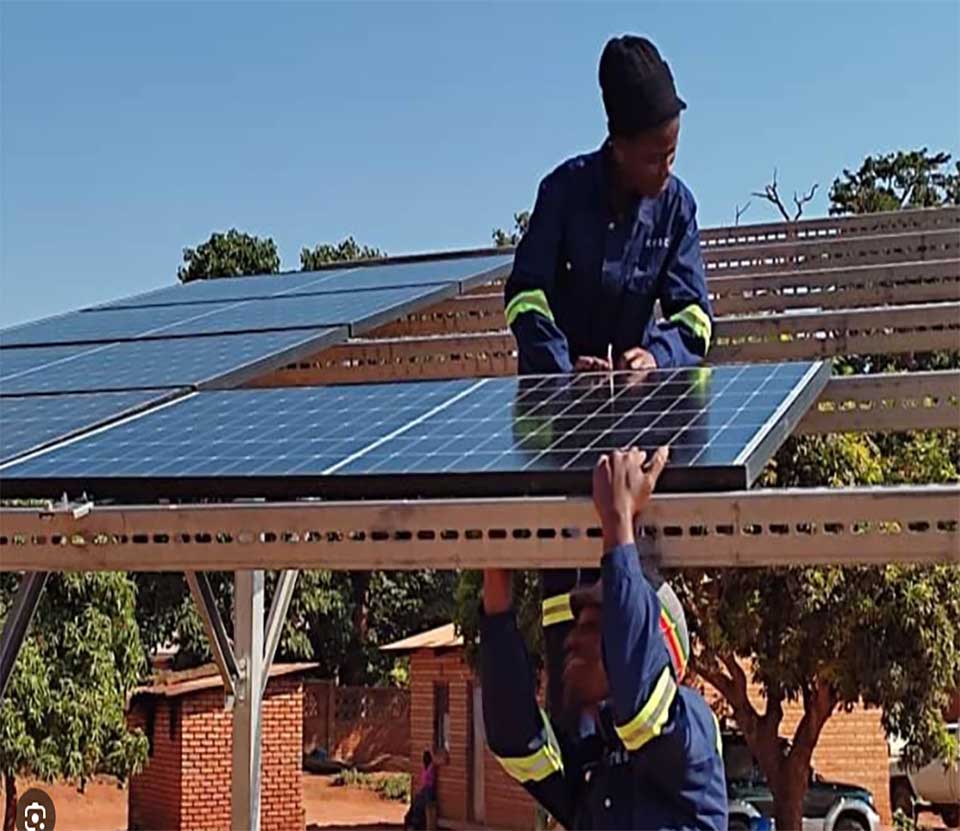
 South America
South America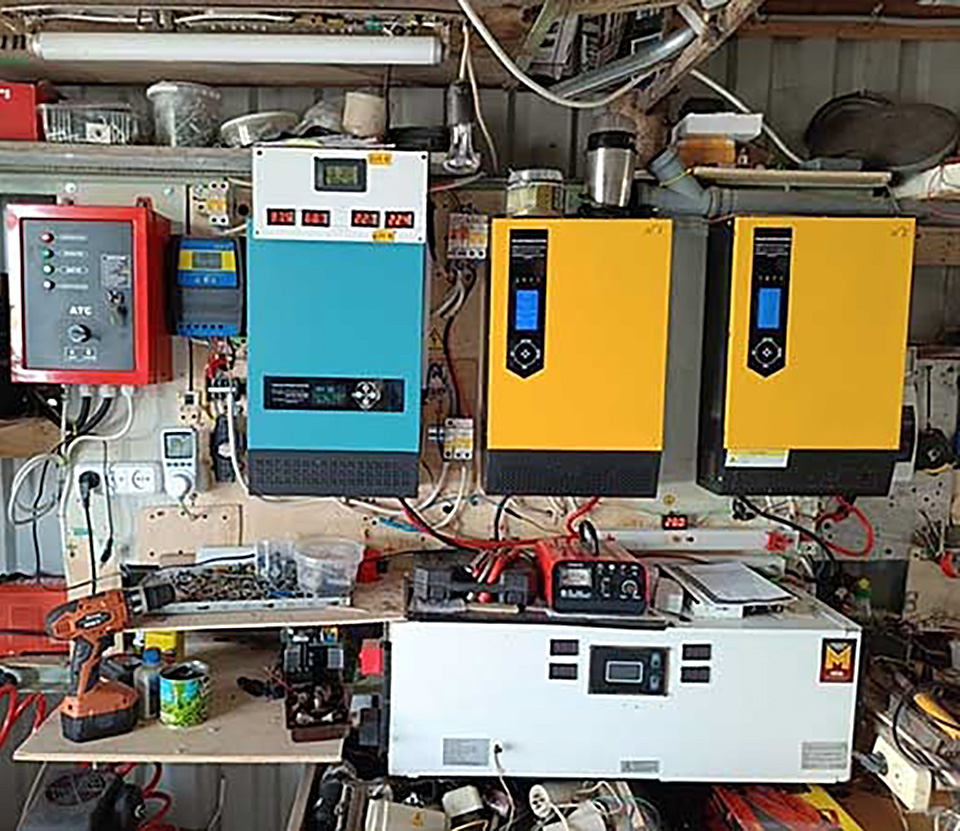
 Europe
Europe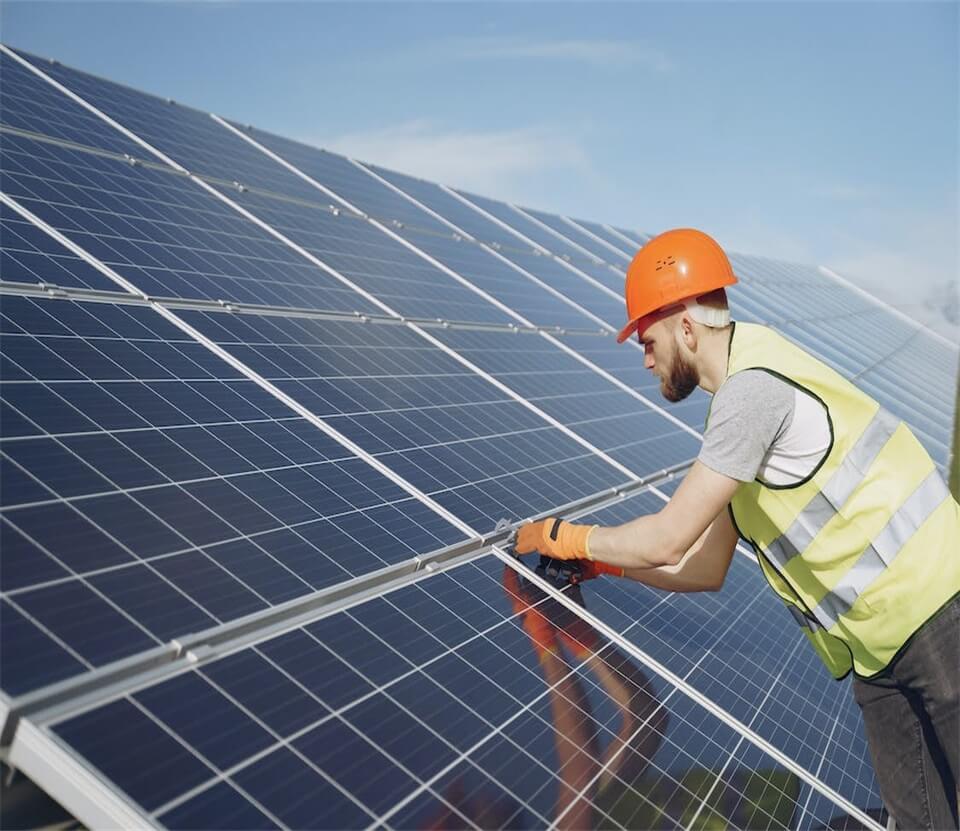
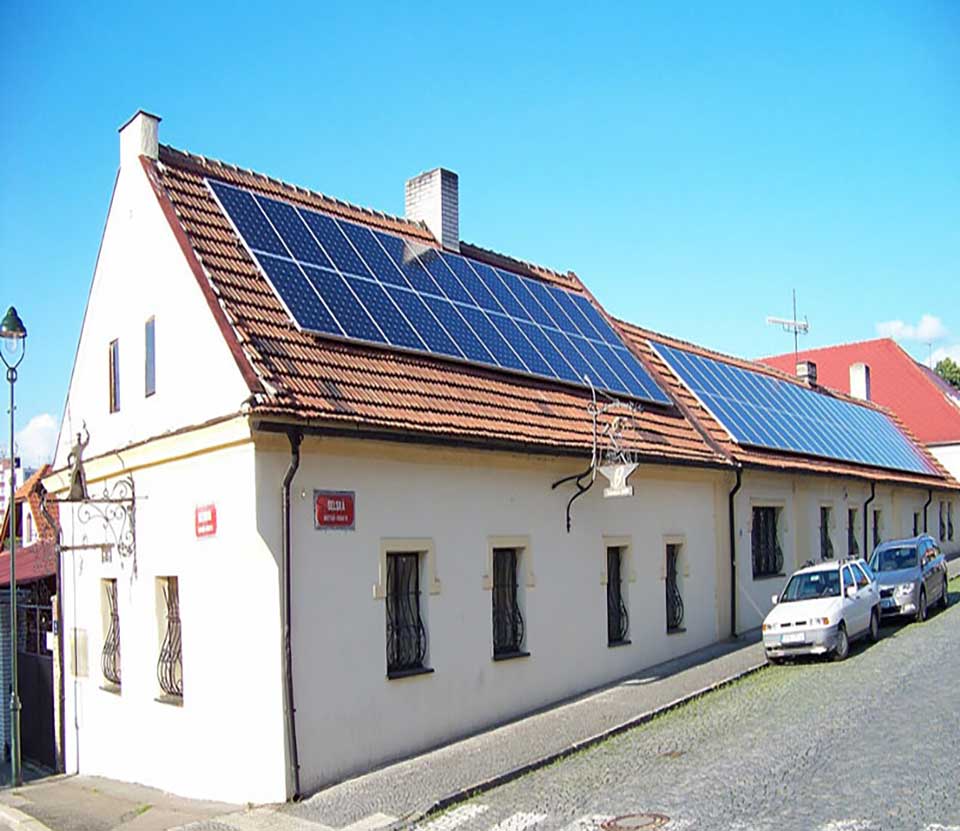
 North America
North America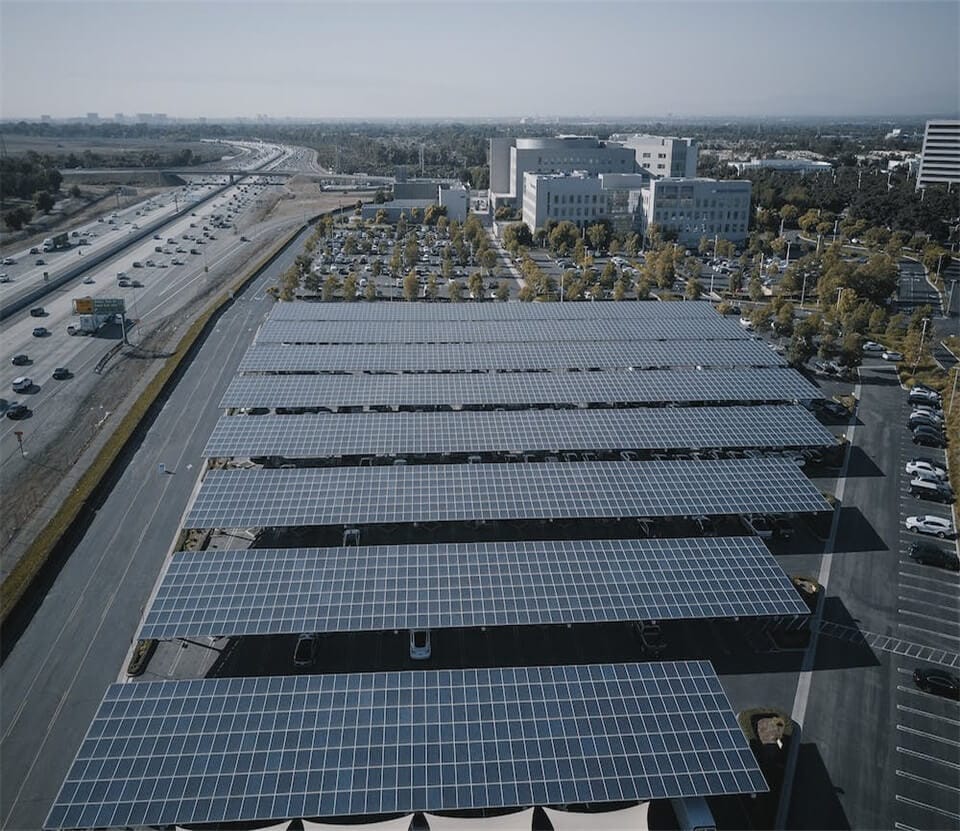
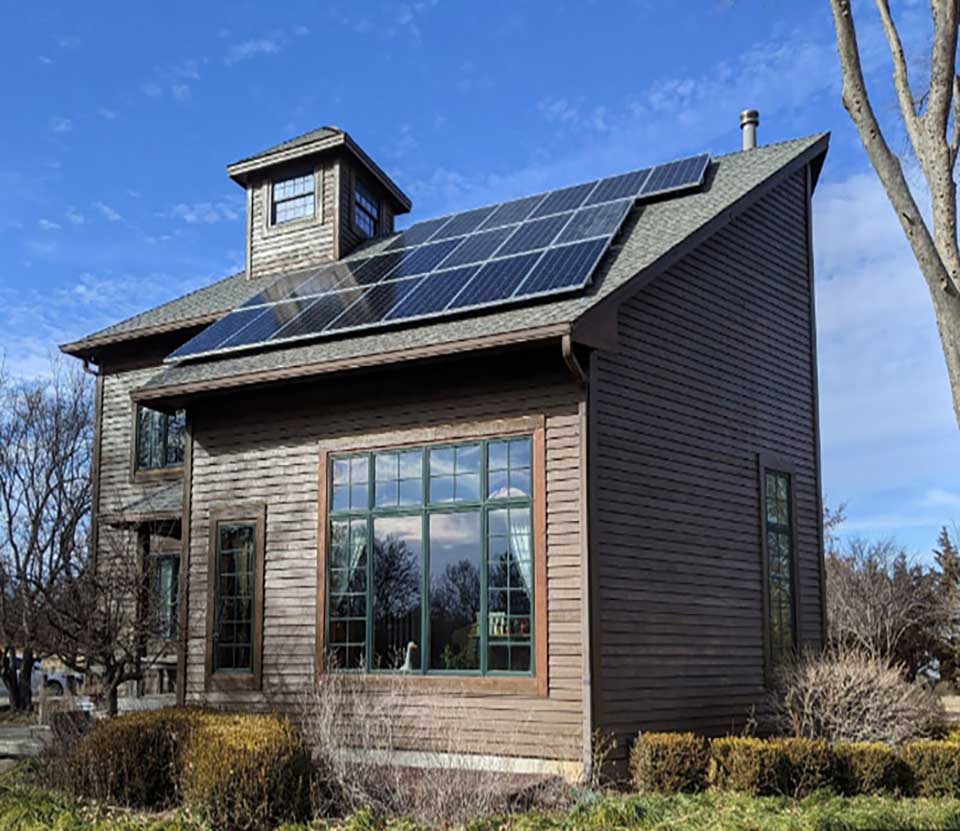
 Oceania & Antarctica
Oceania & Antarctica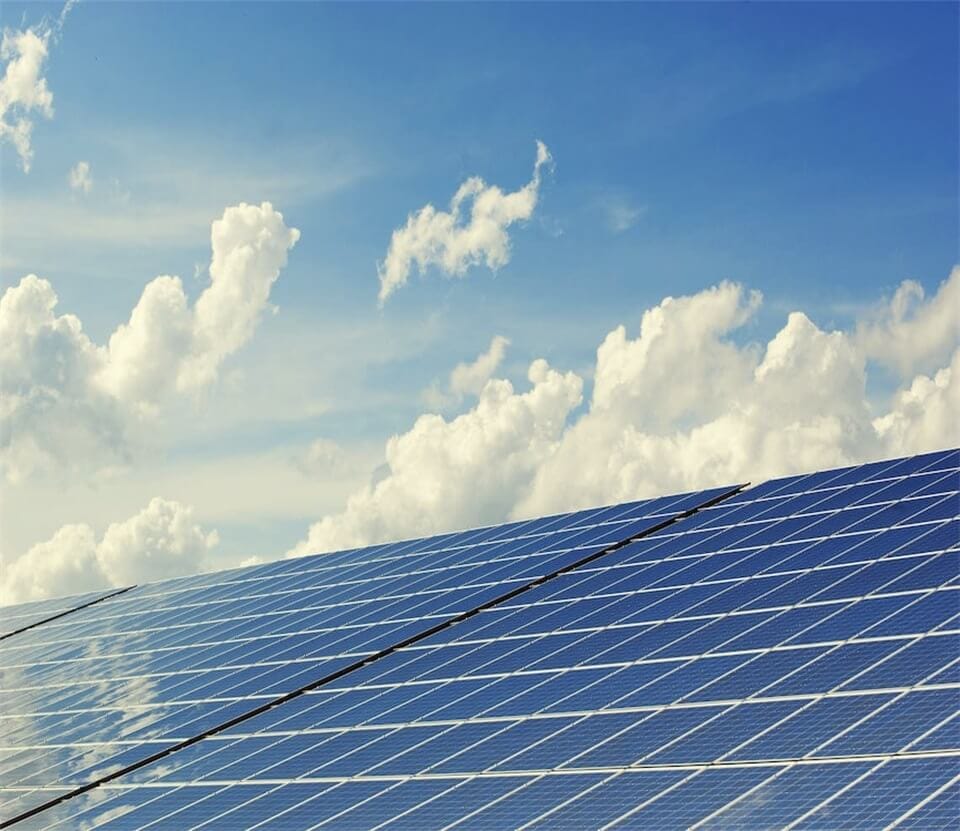










 Home
Home How Is The Development Of Solar Inverters In Myanmar?
How Is The Development Of Solar Inverters In Myanmar?  Top Selling Products
Top Selling Products














